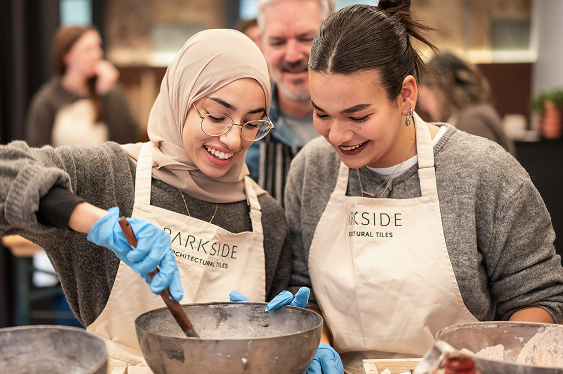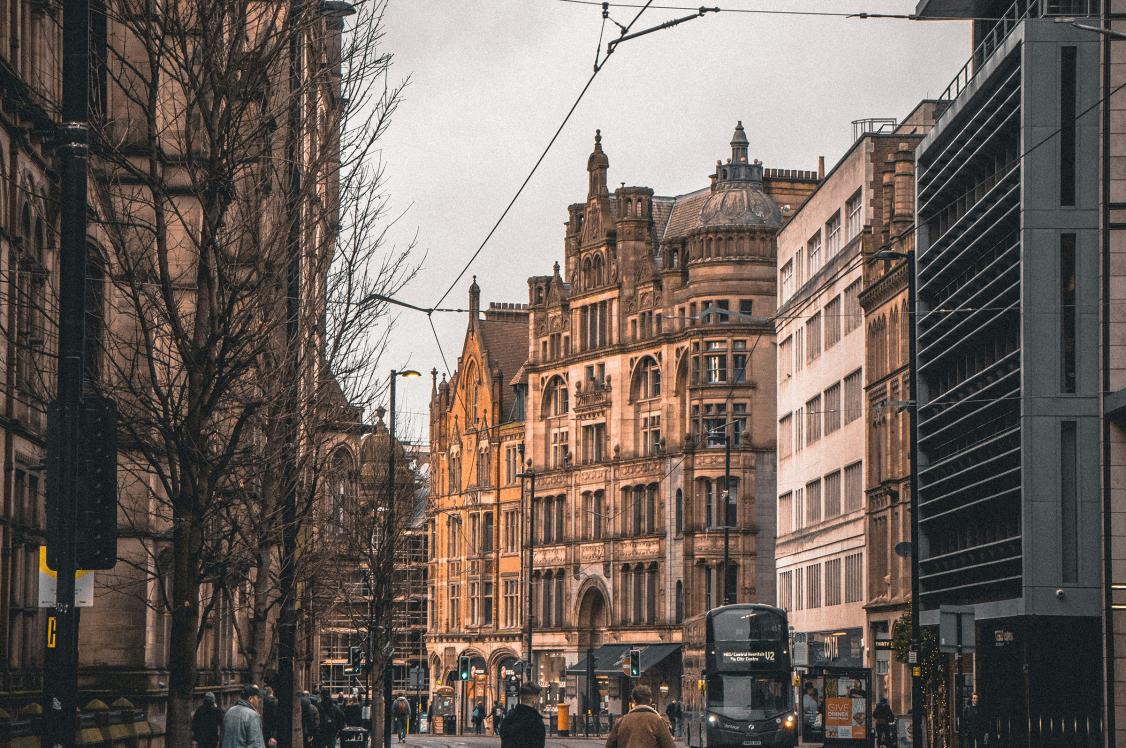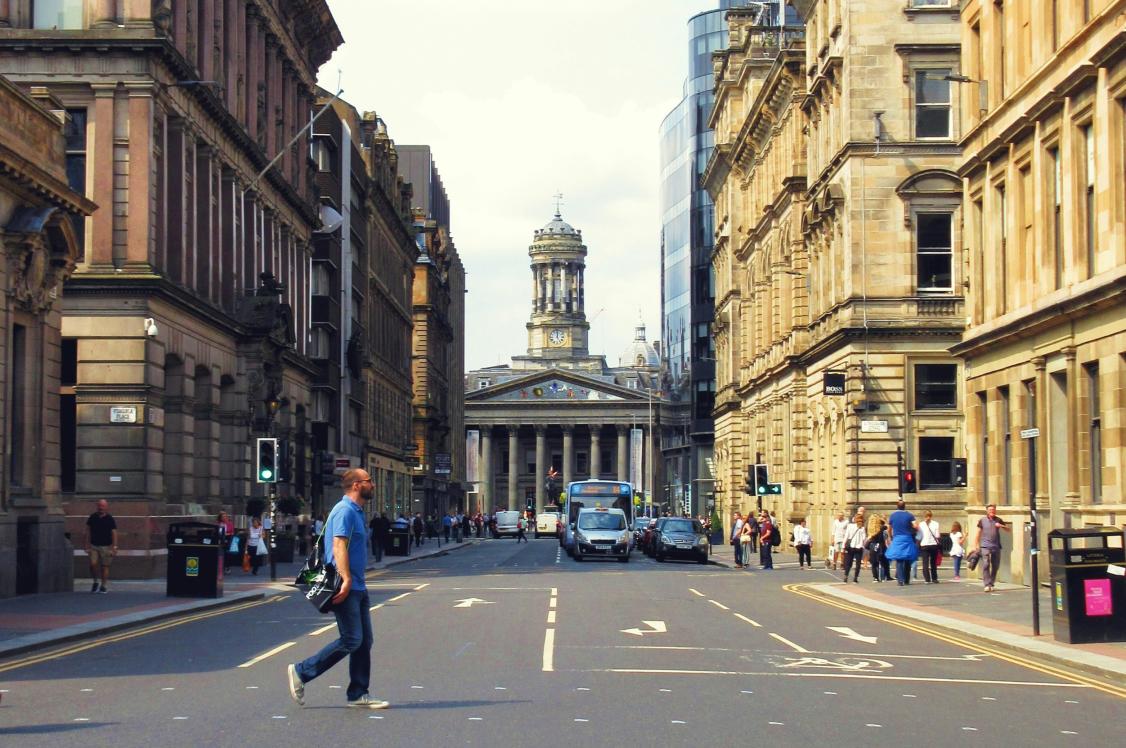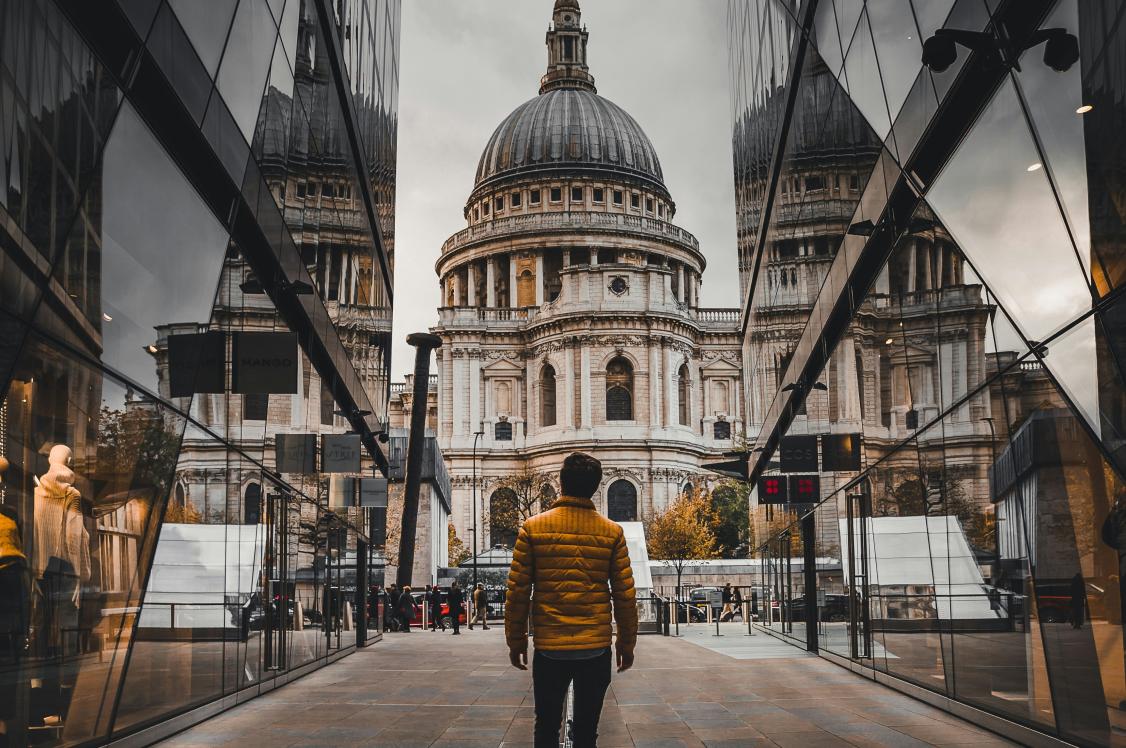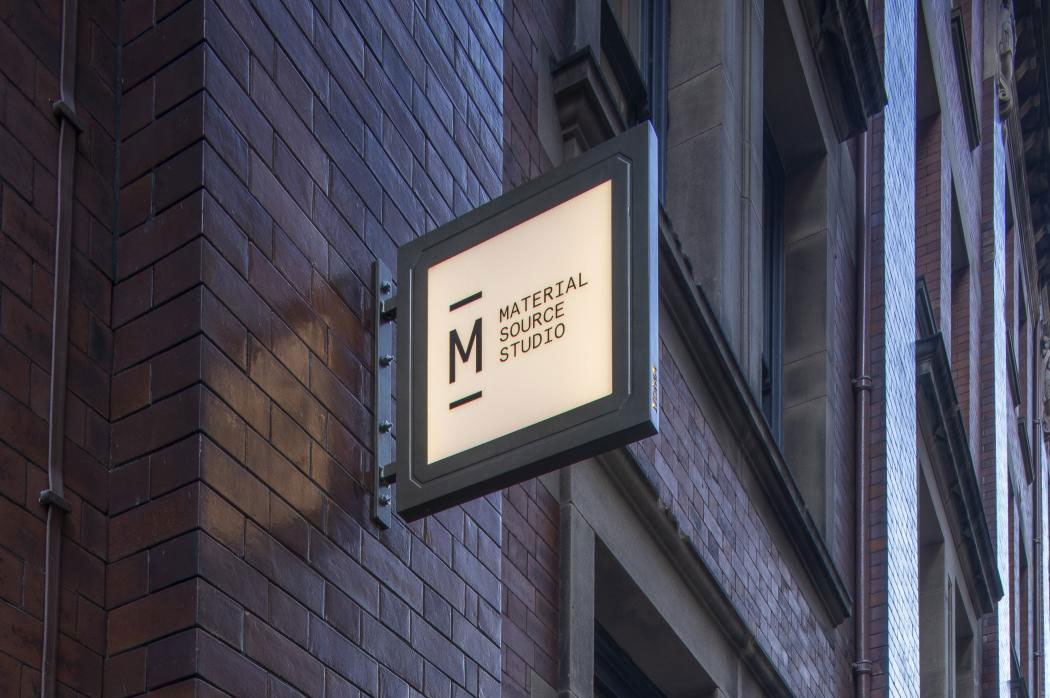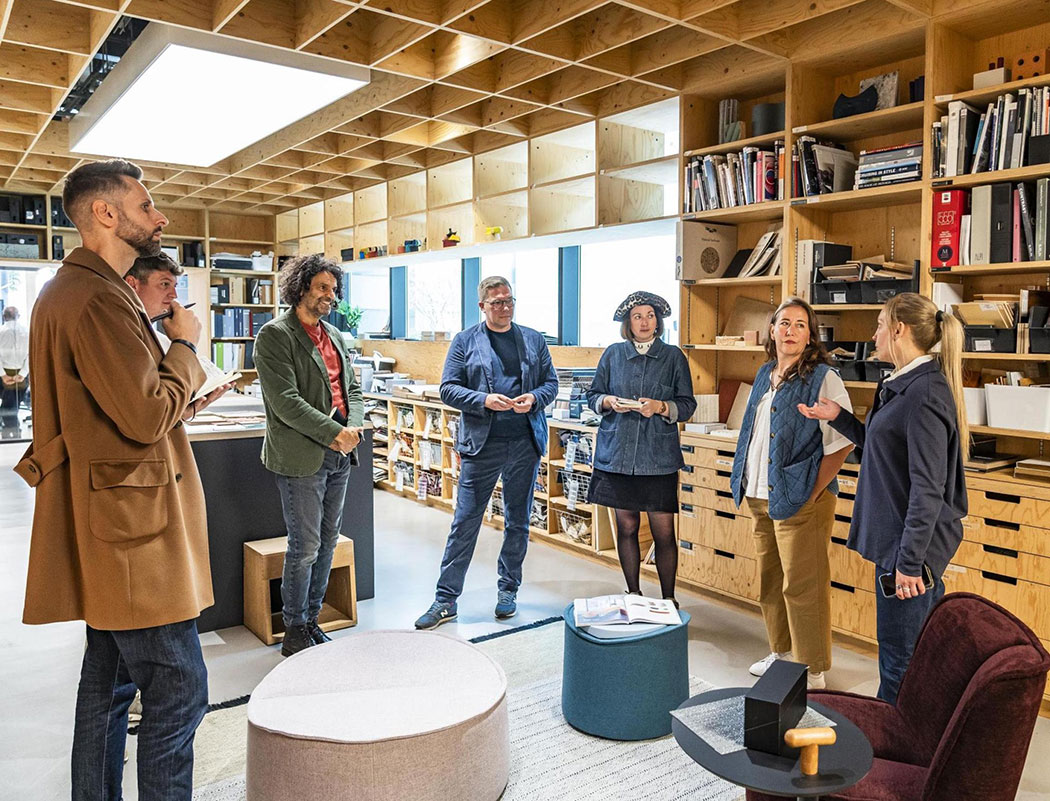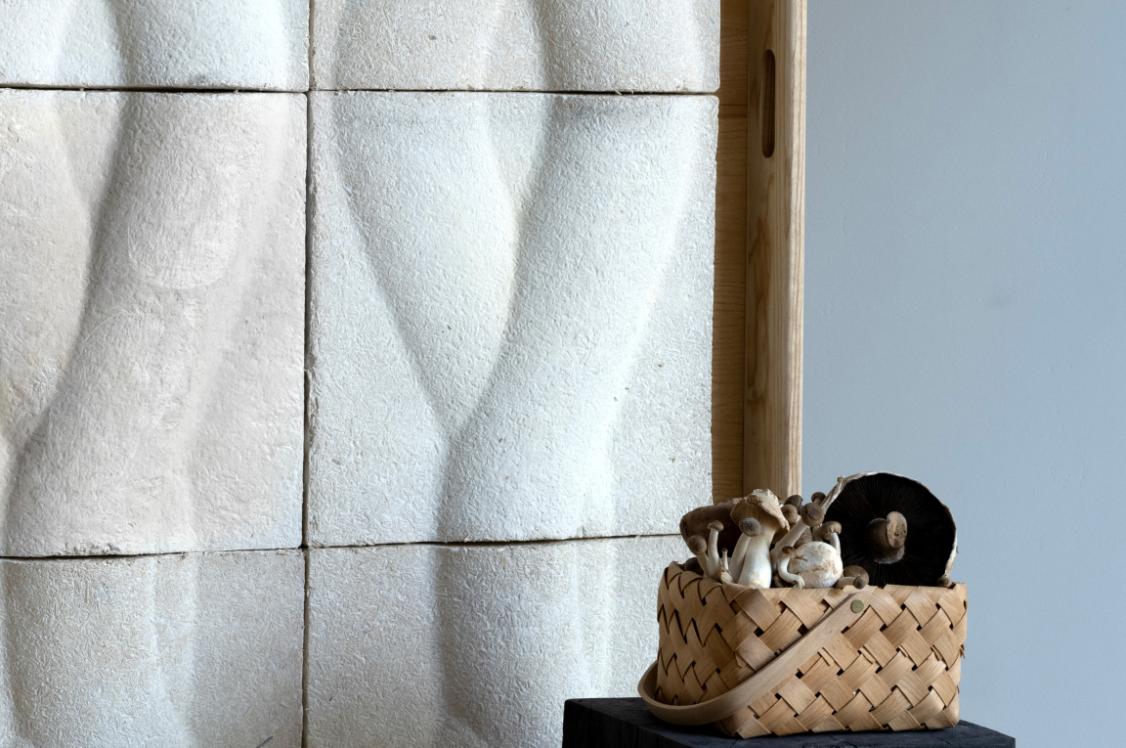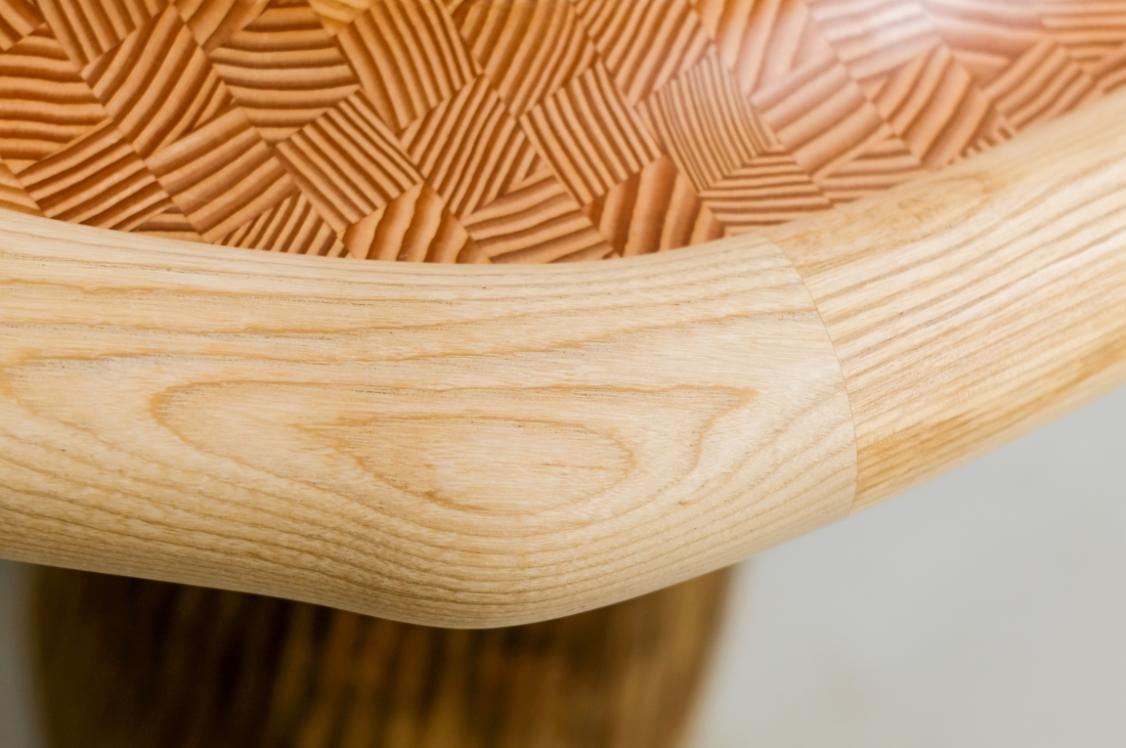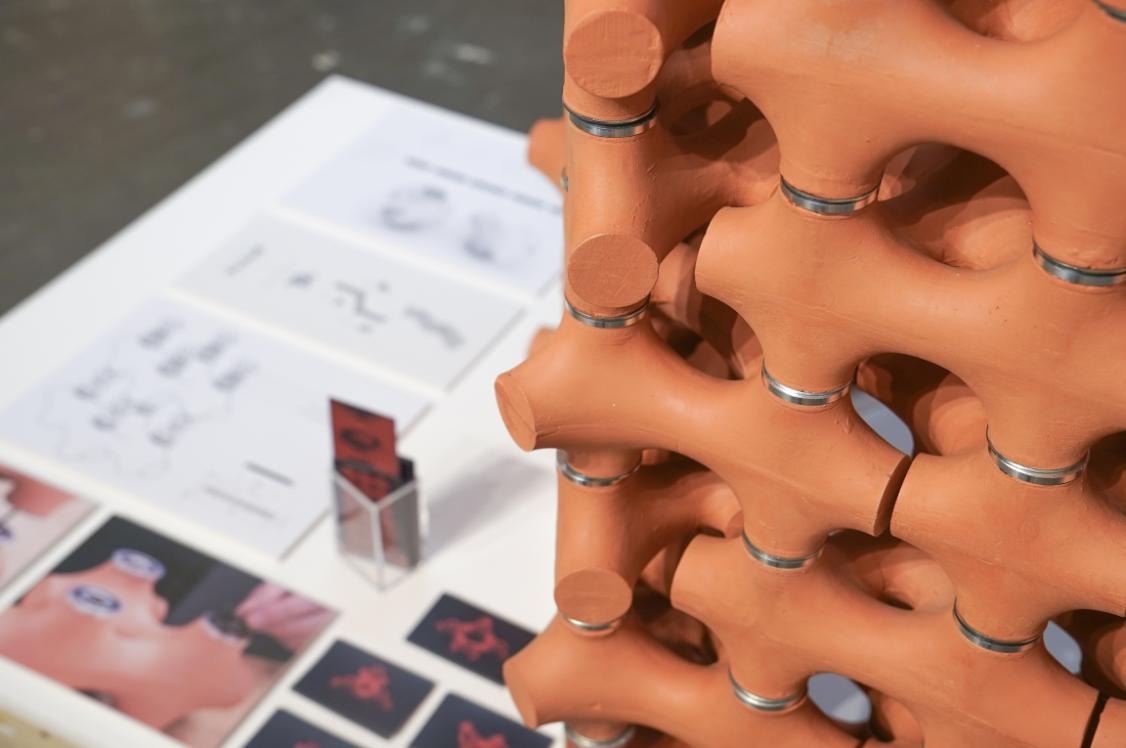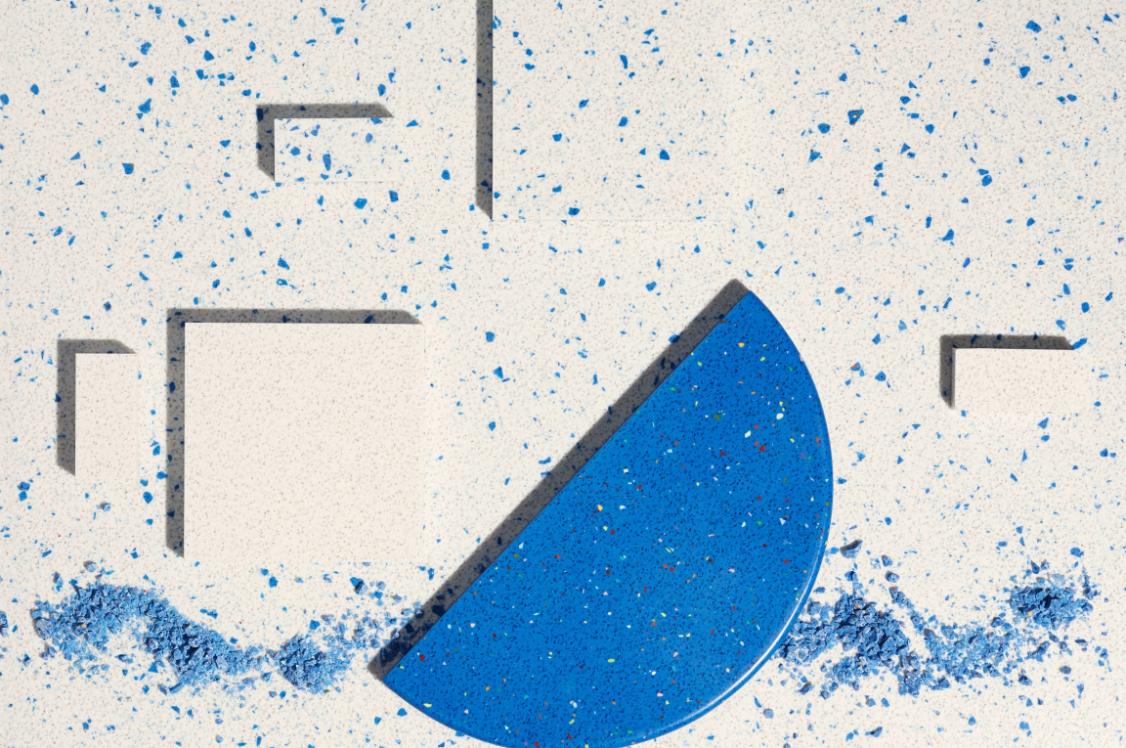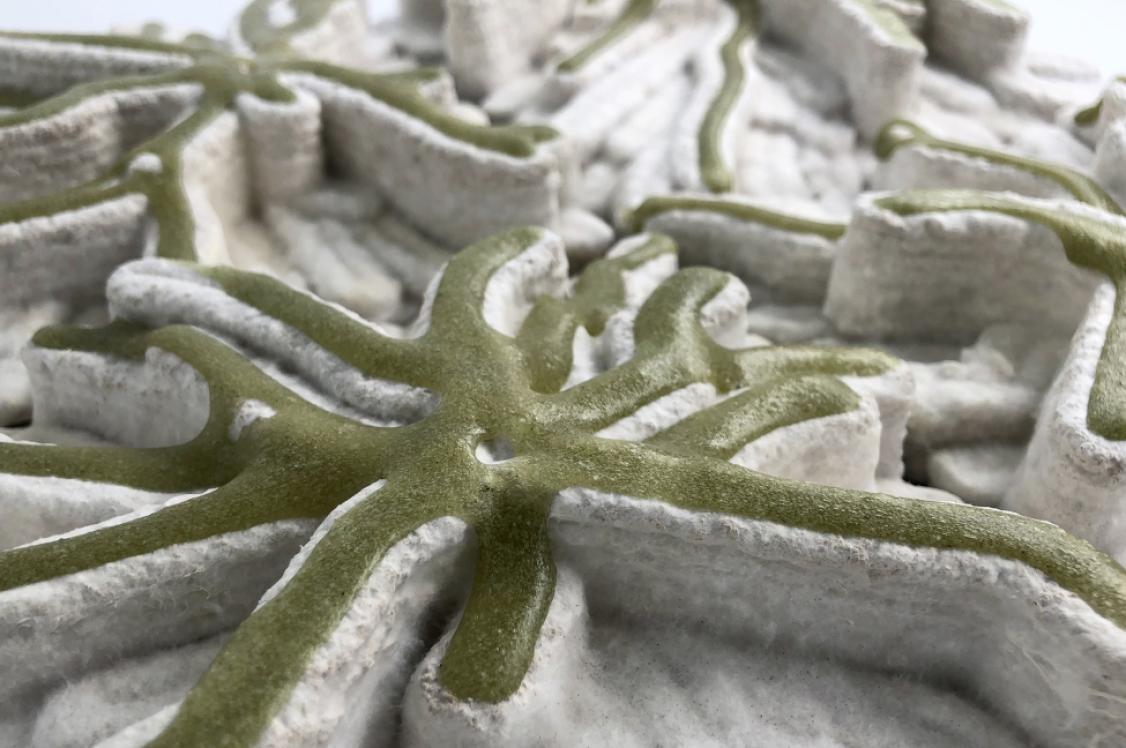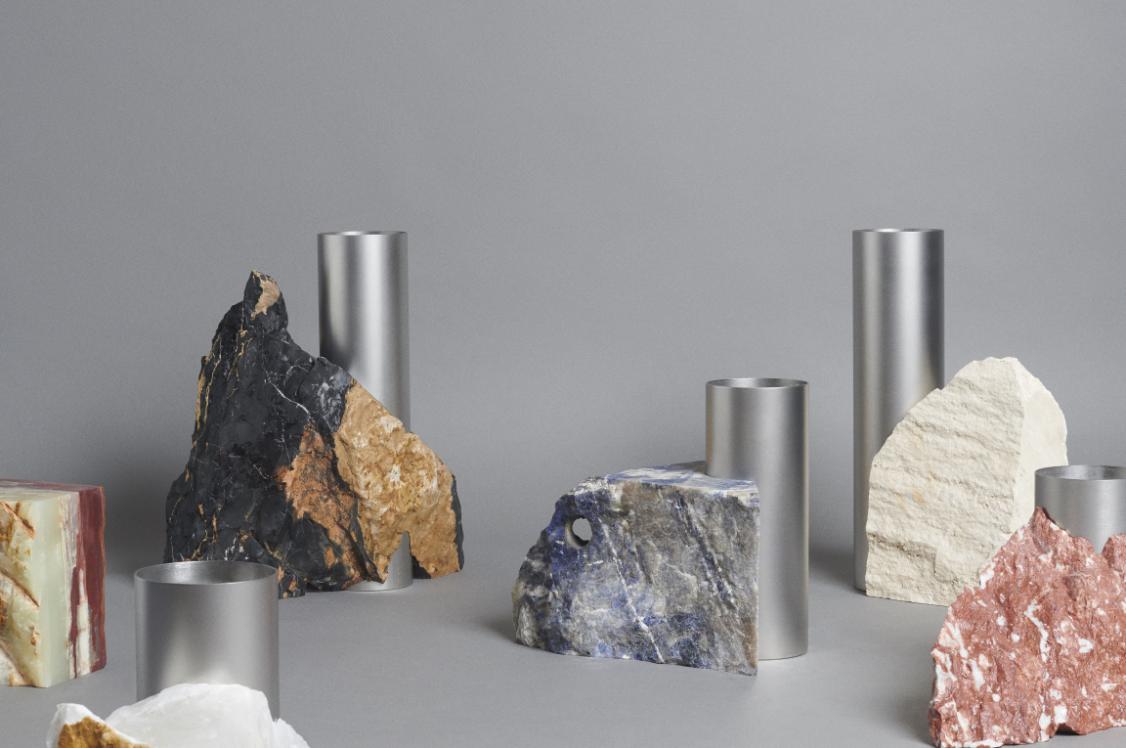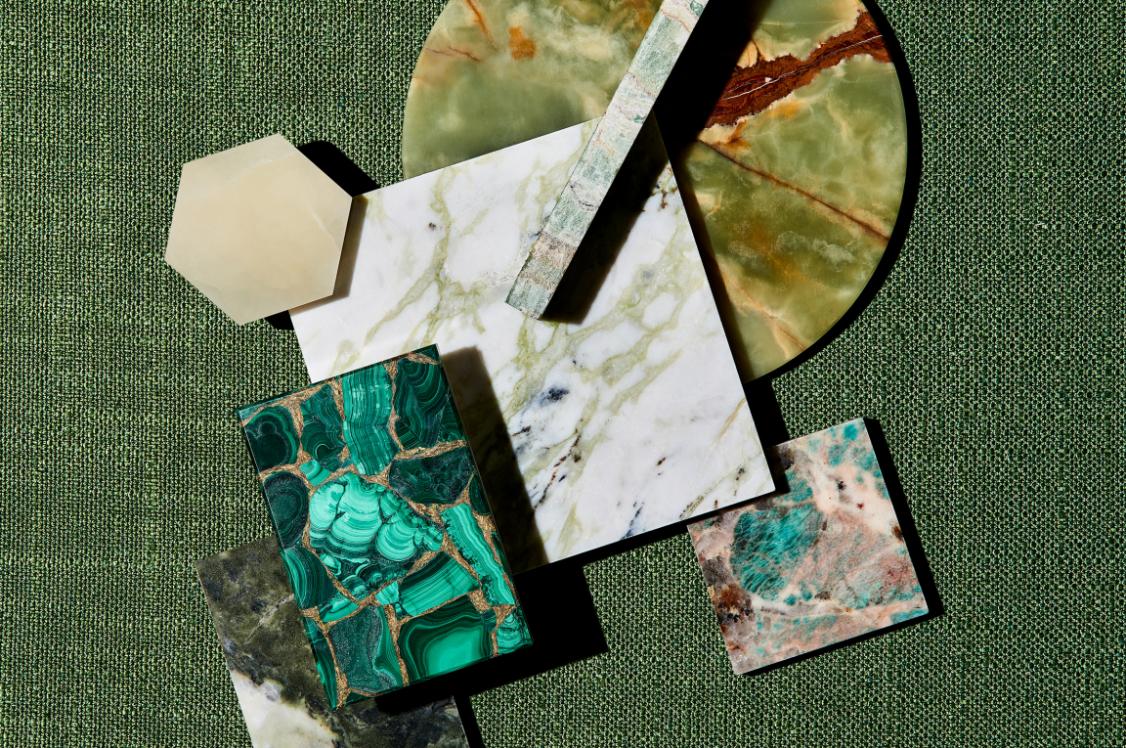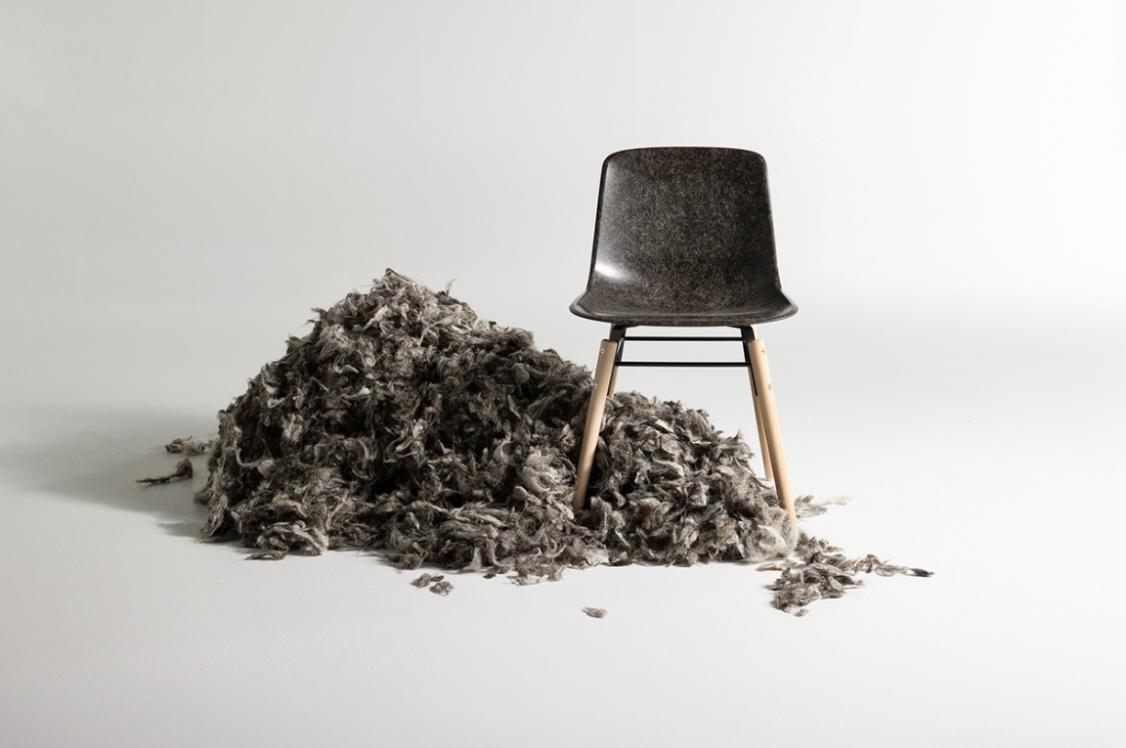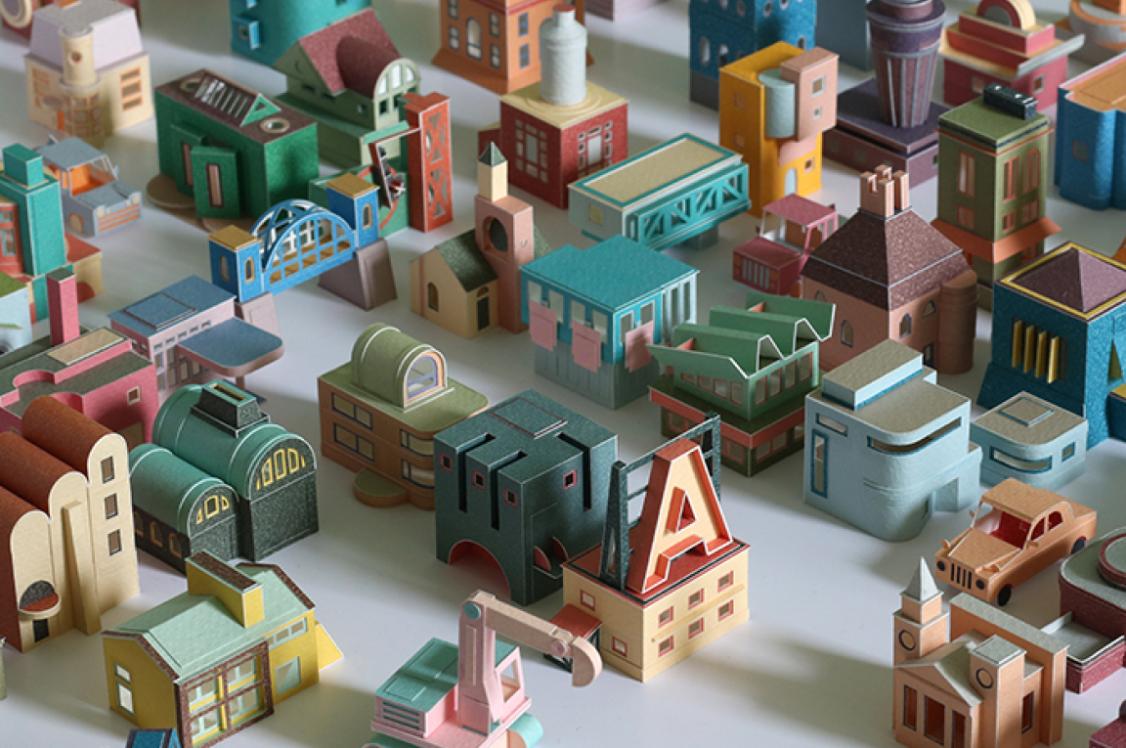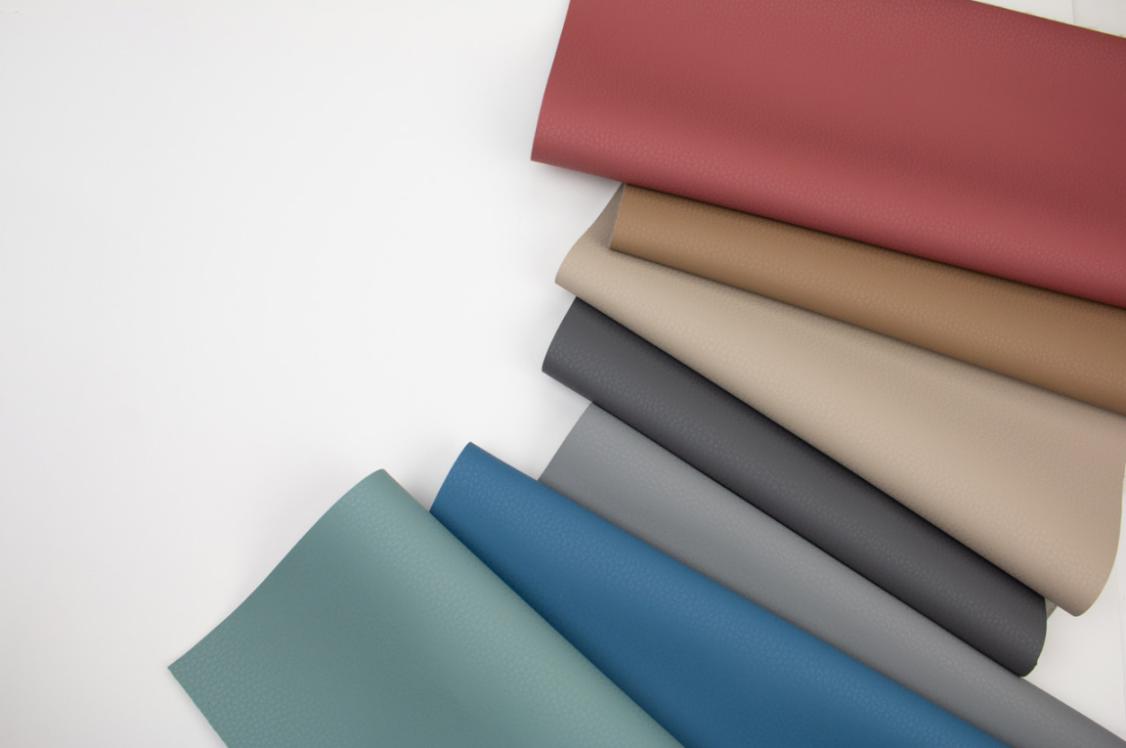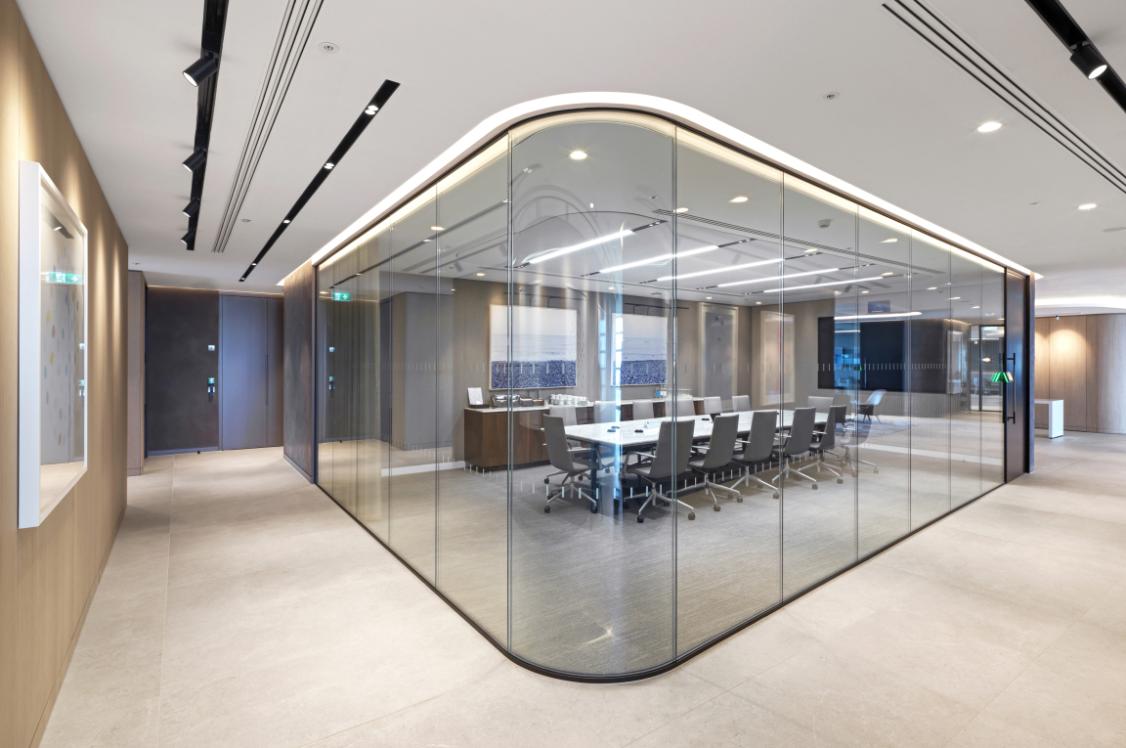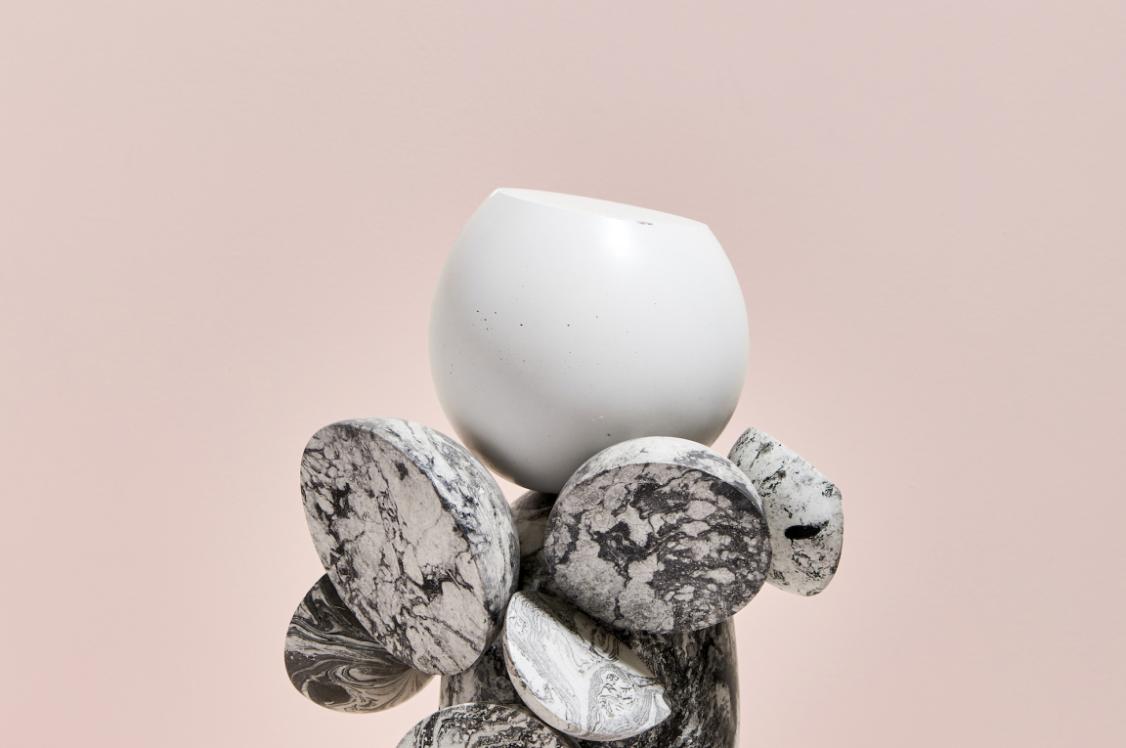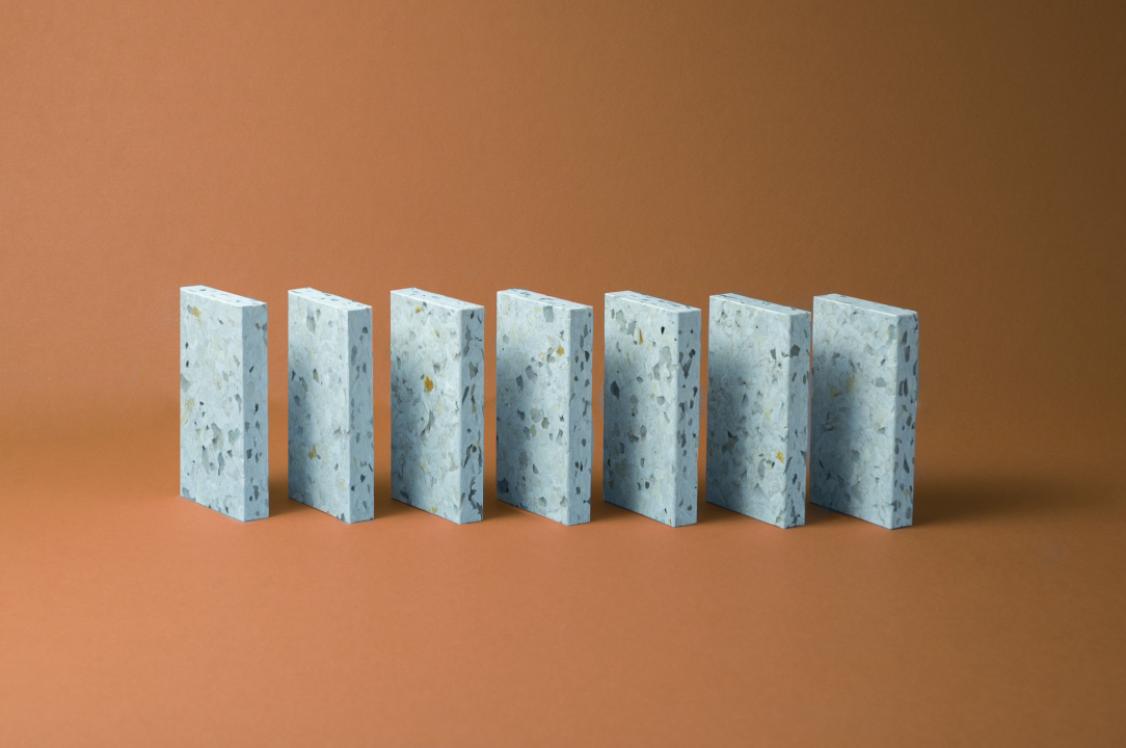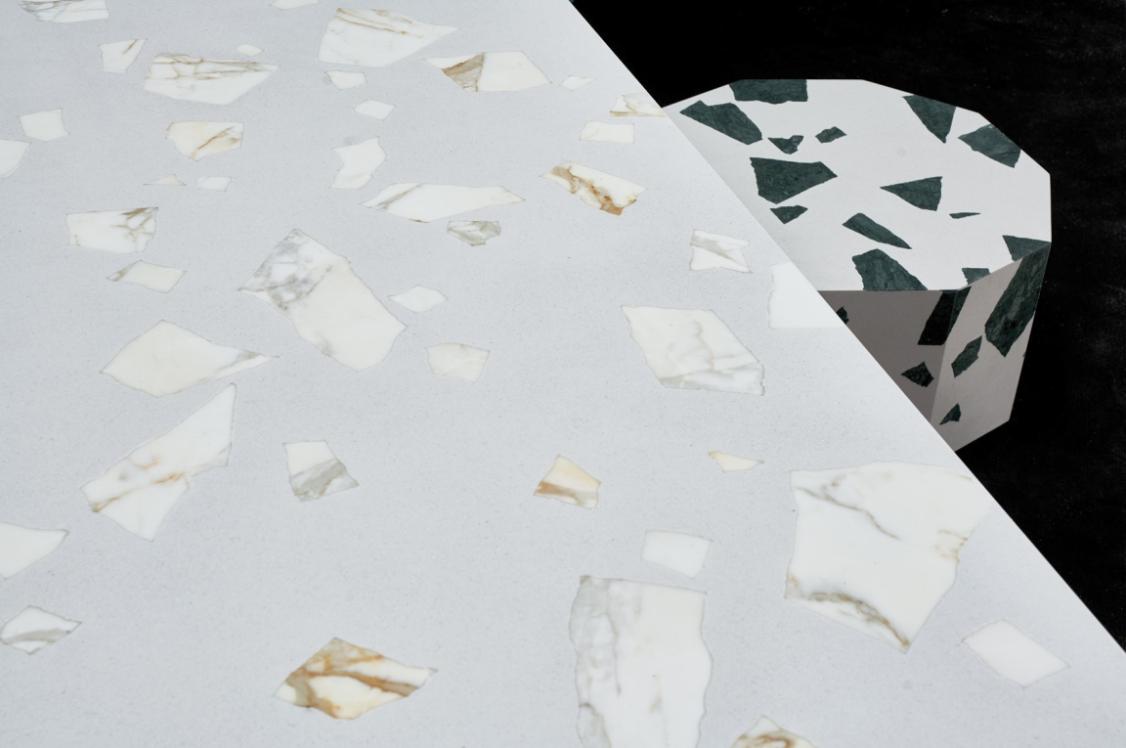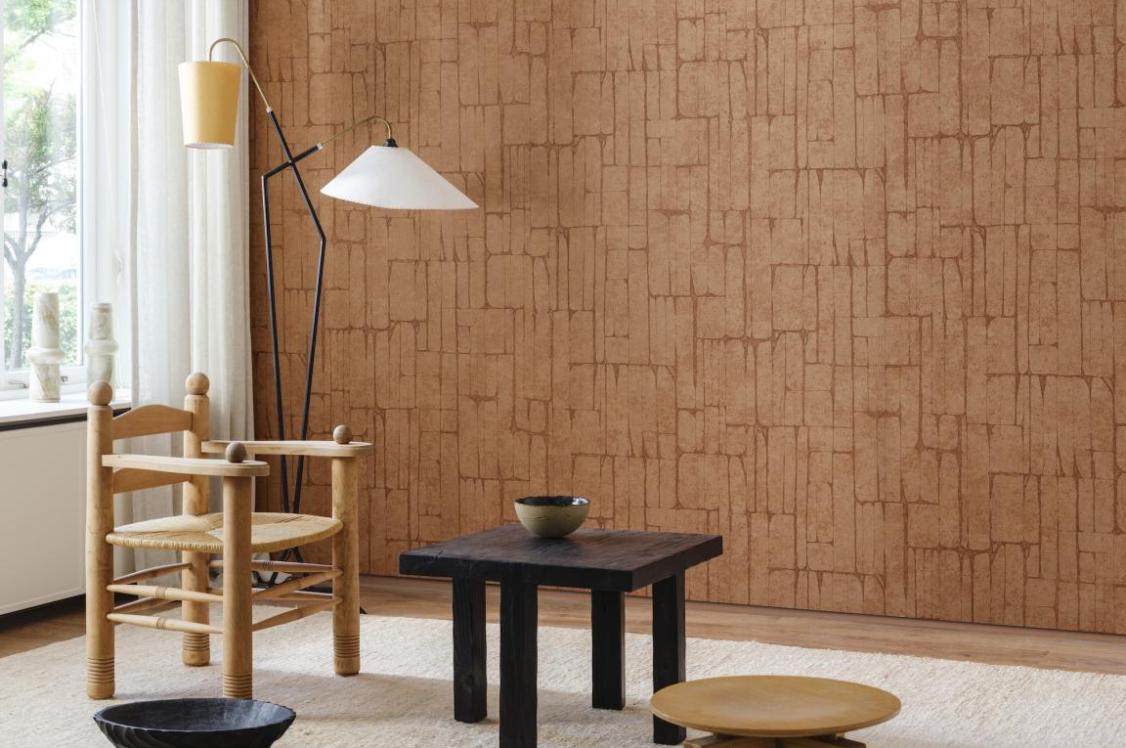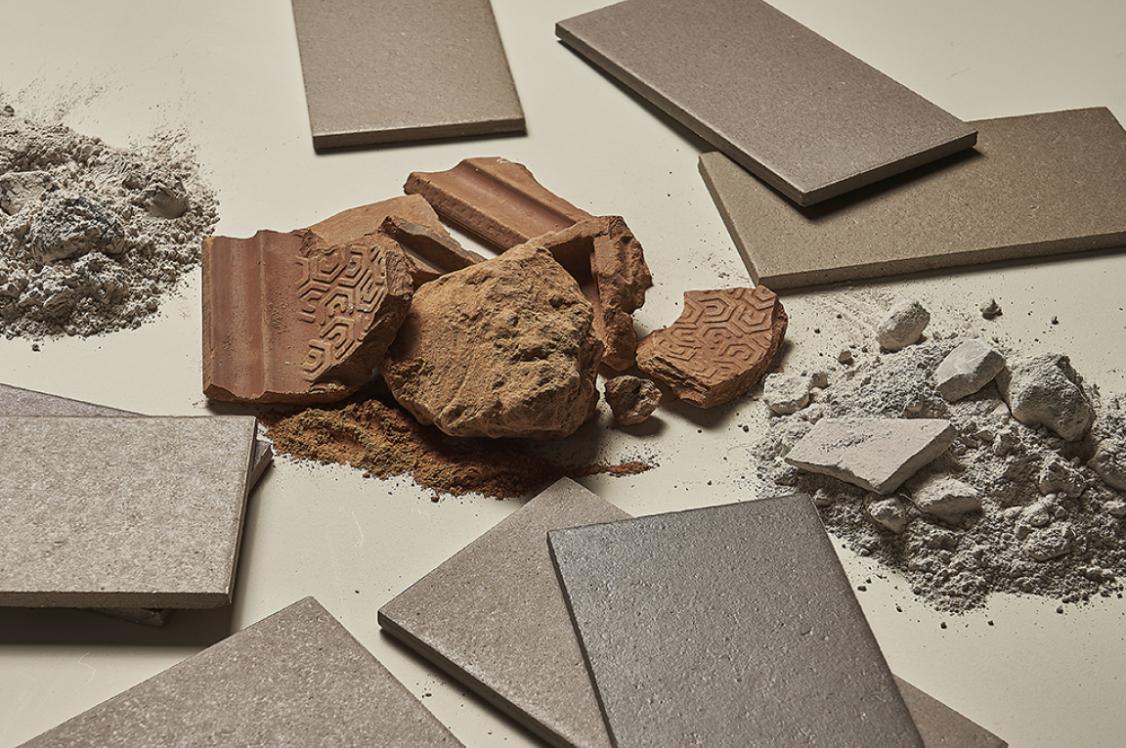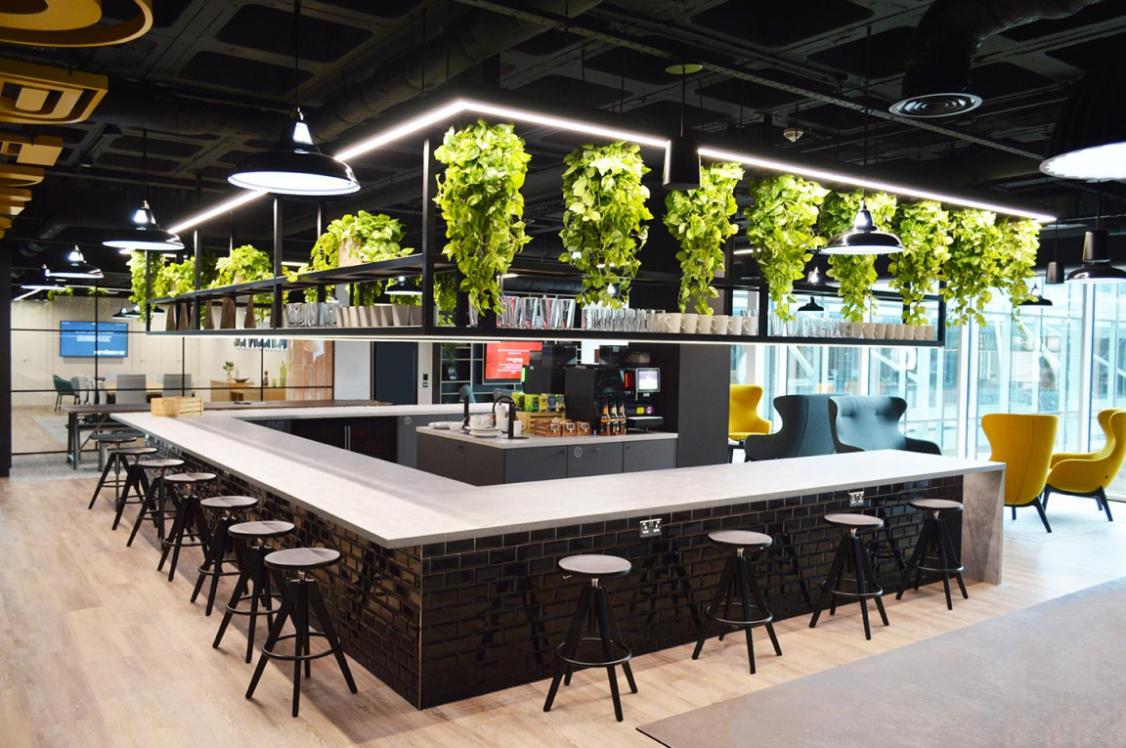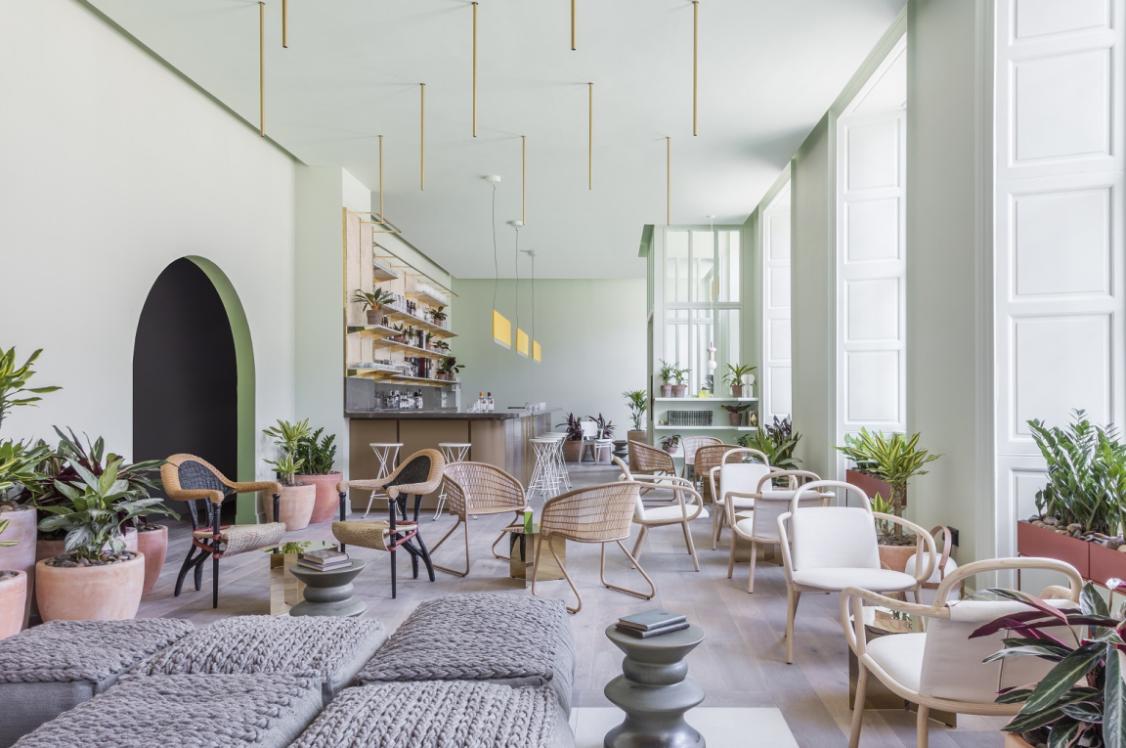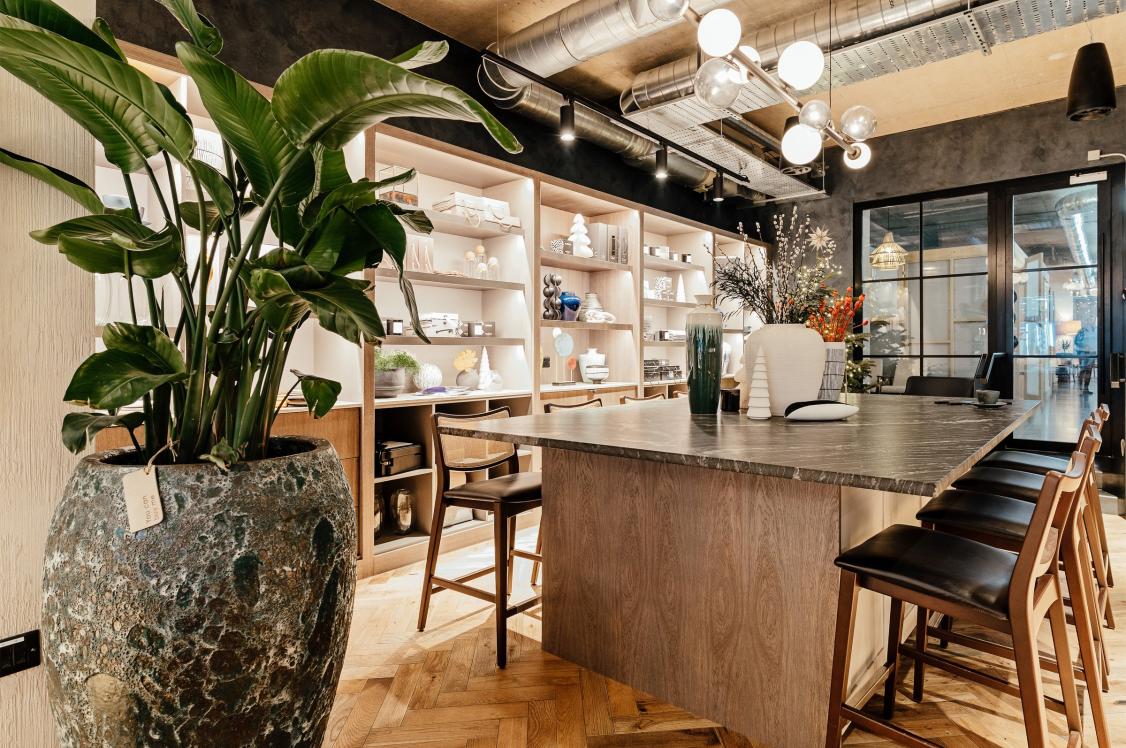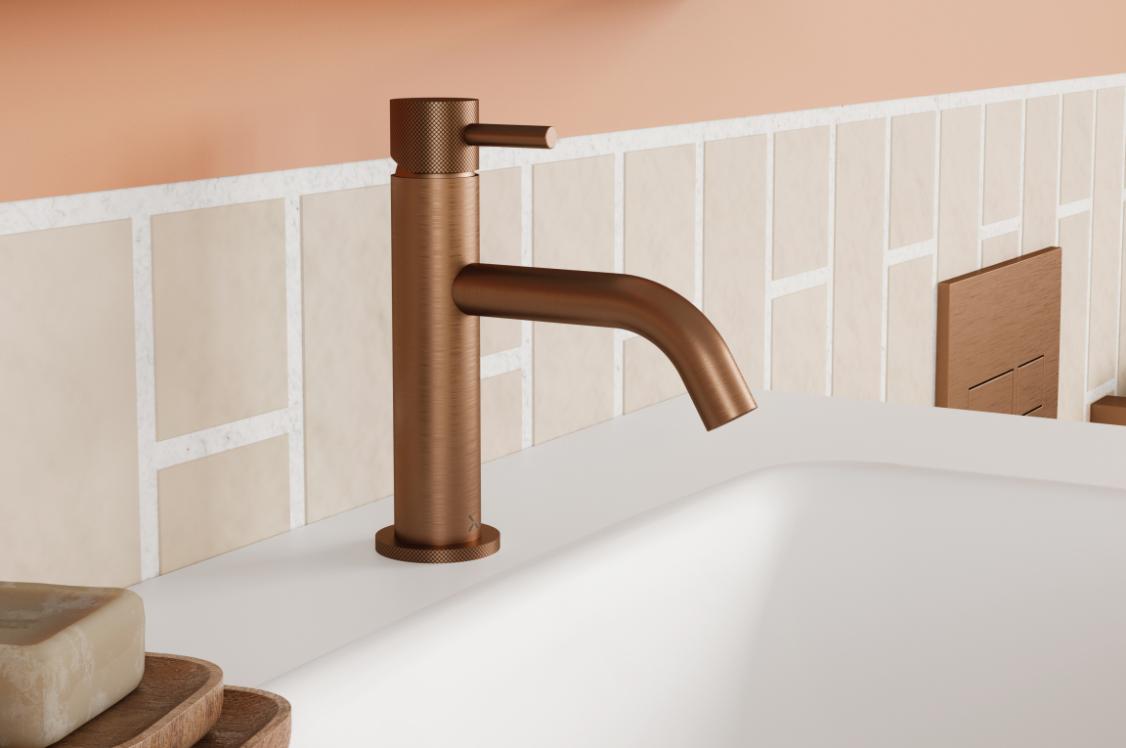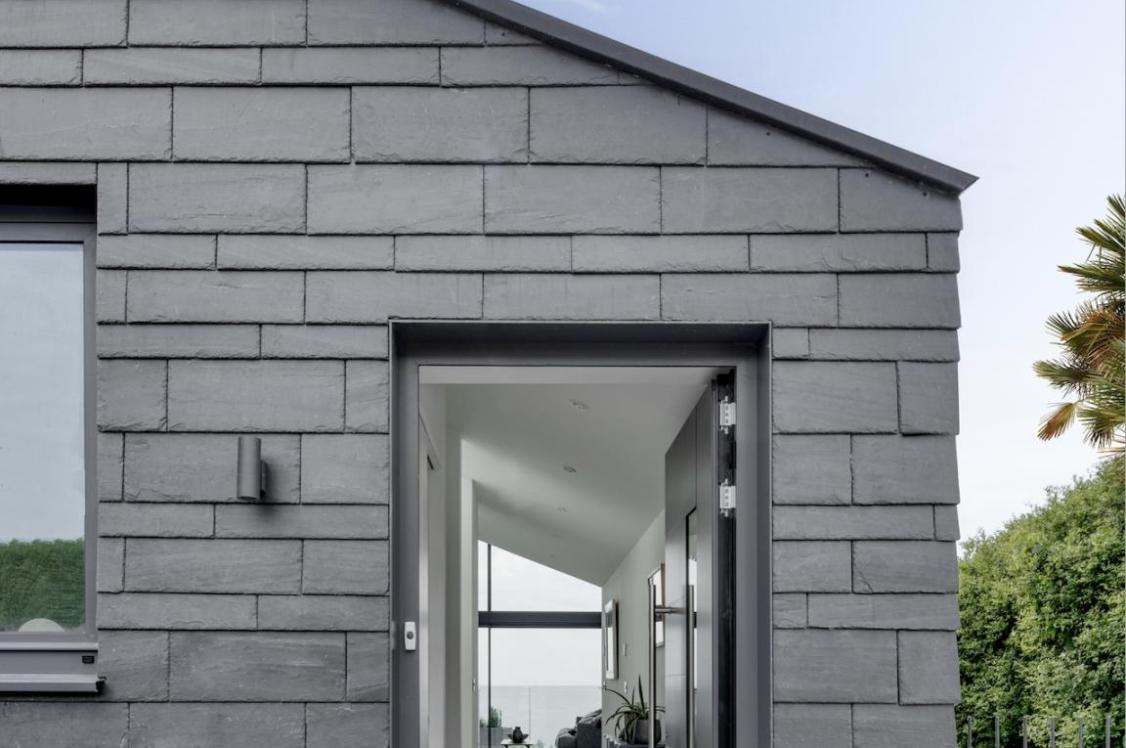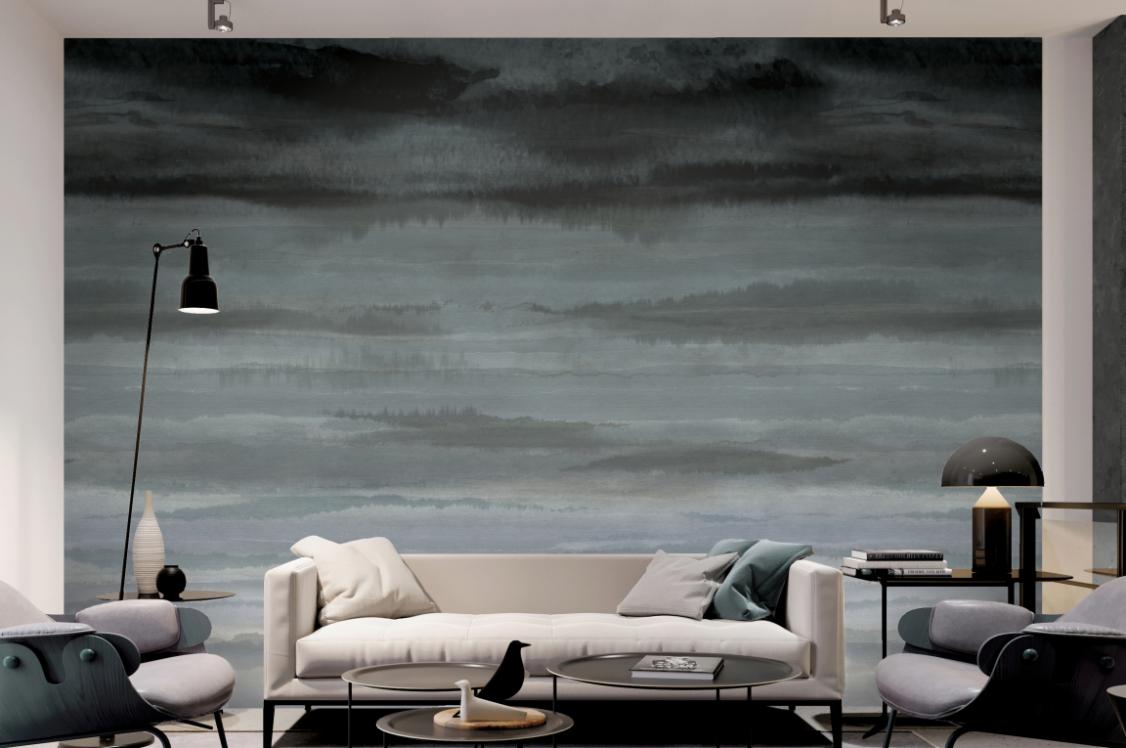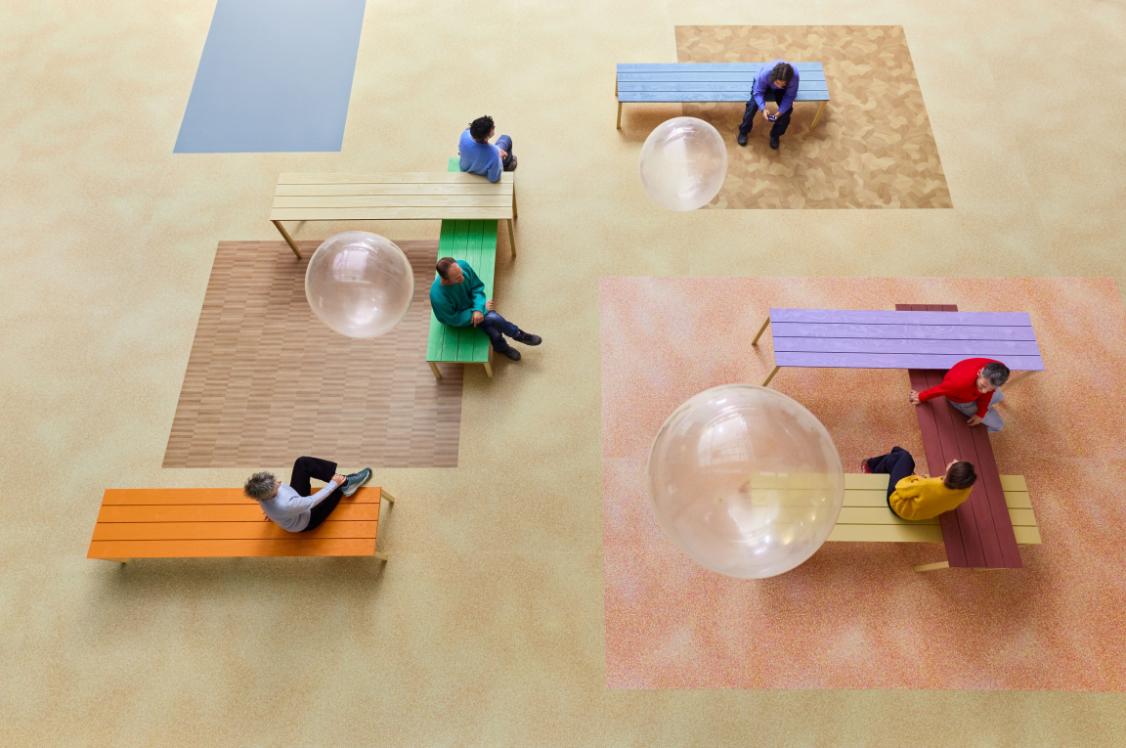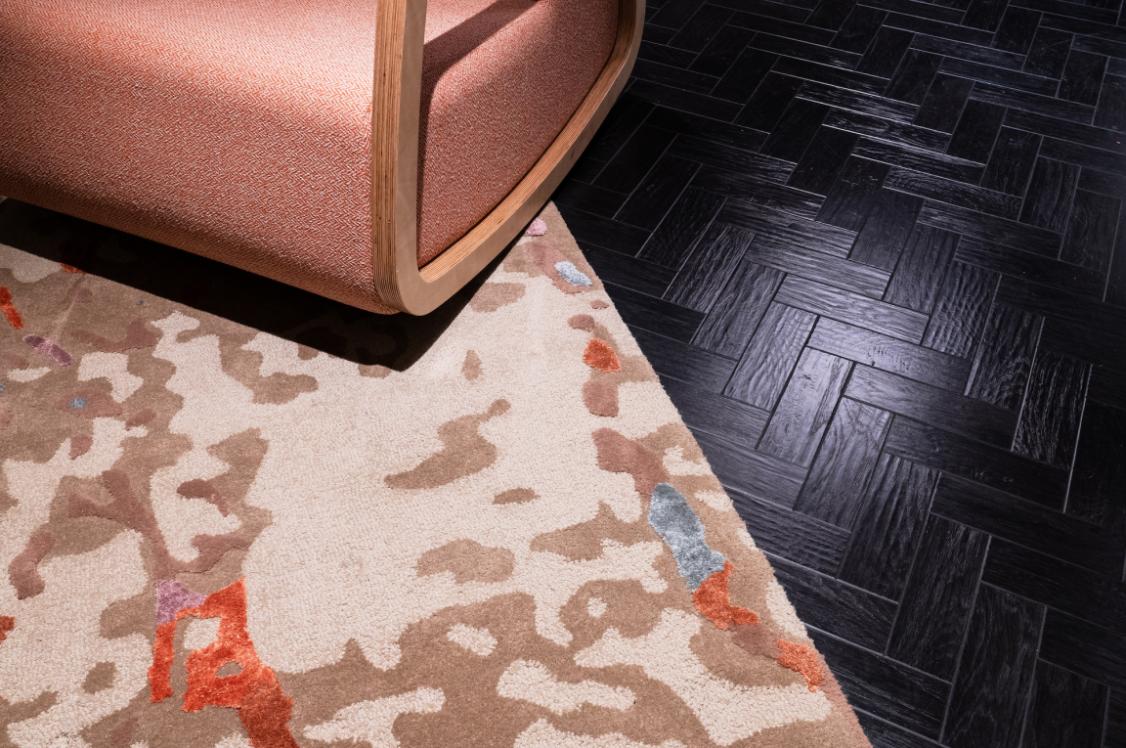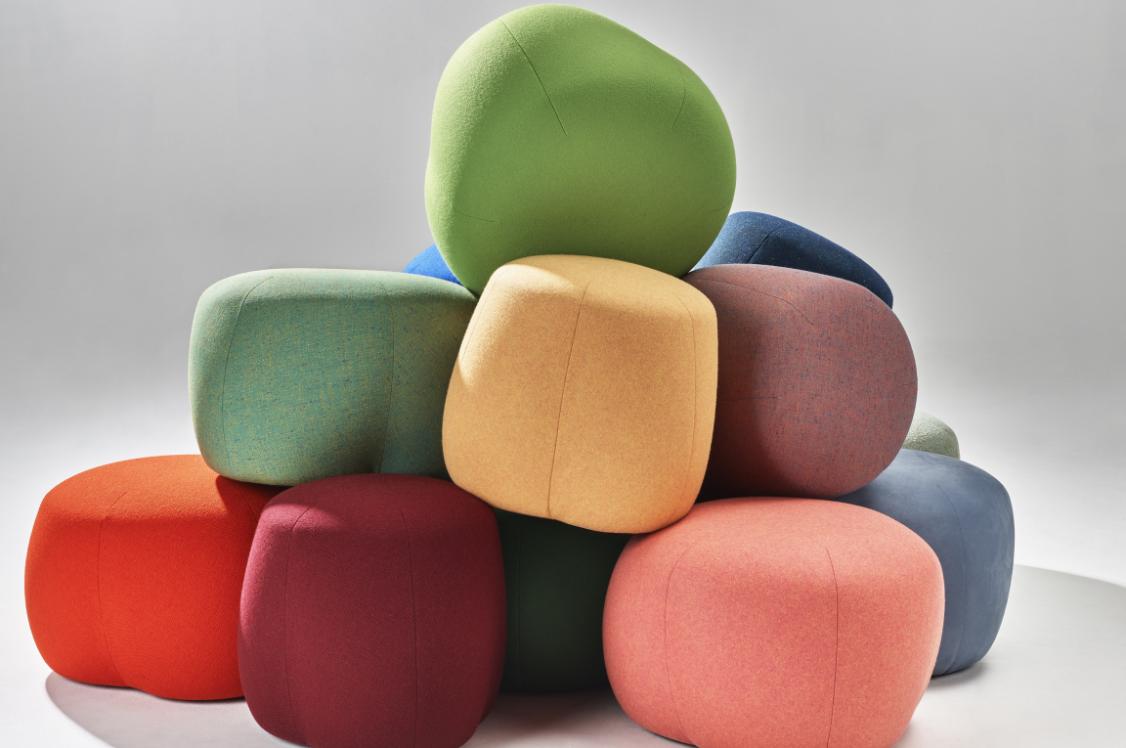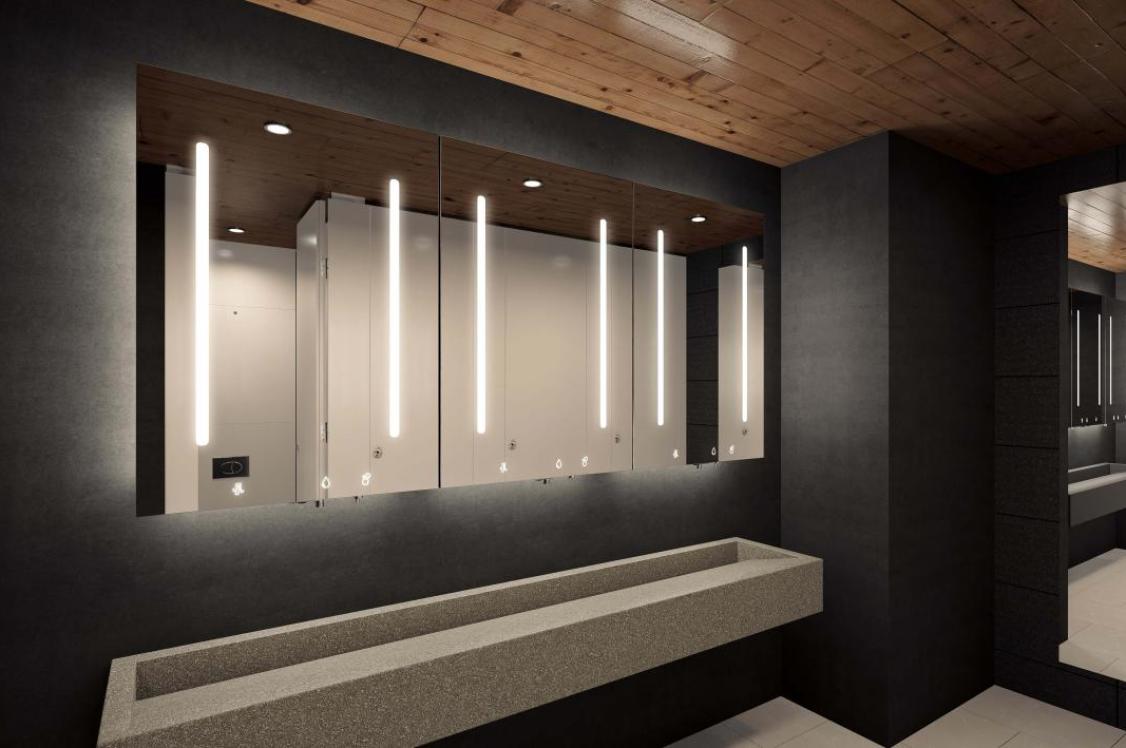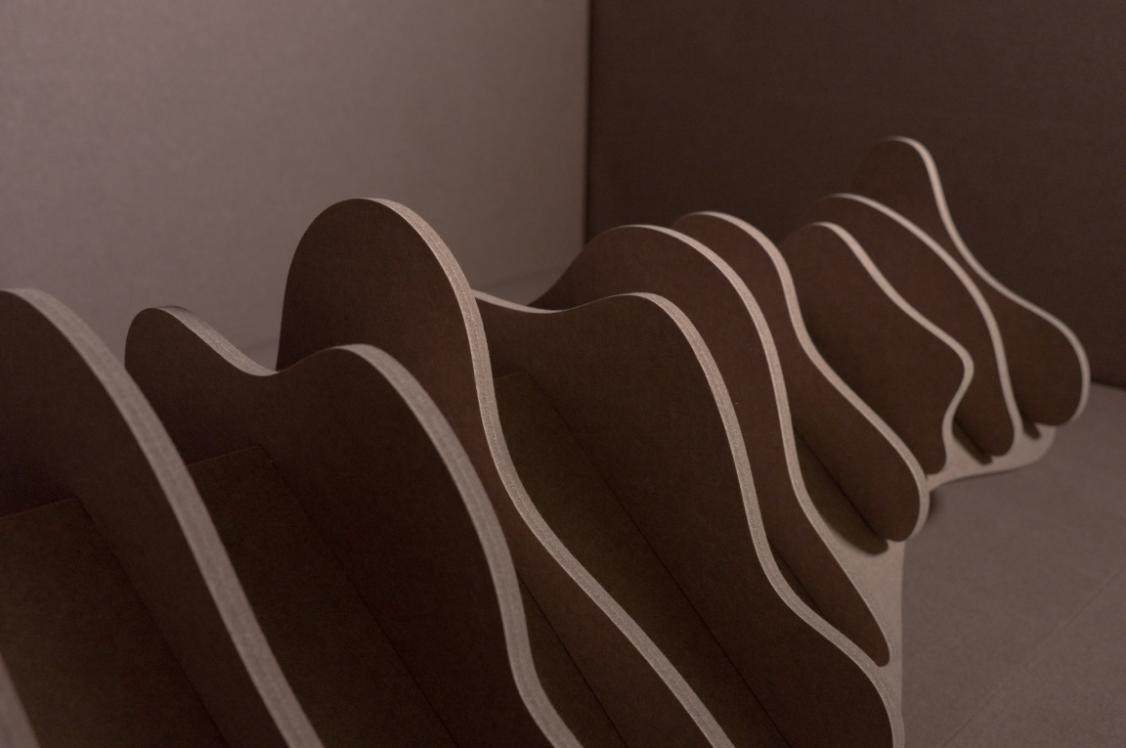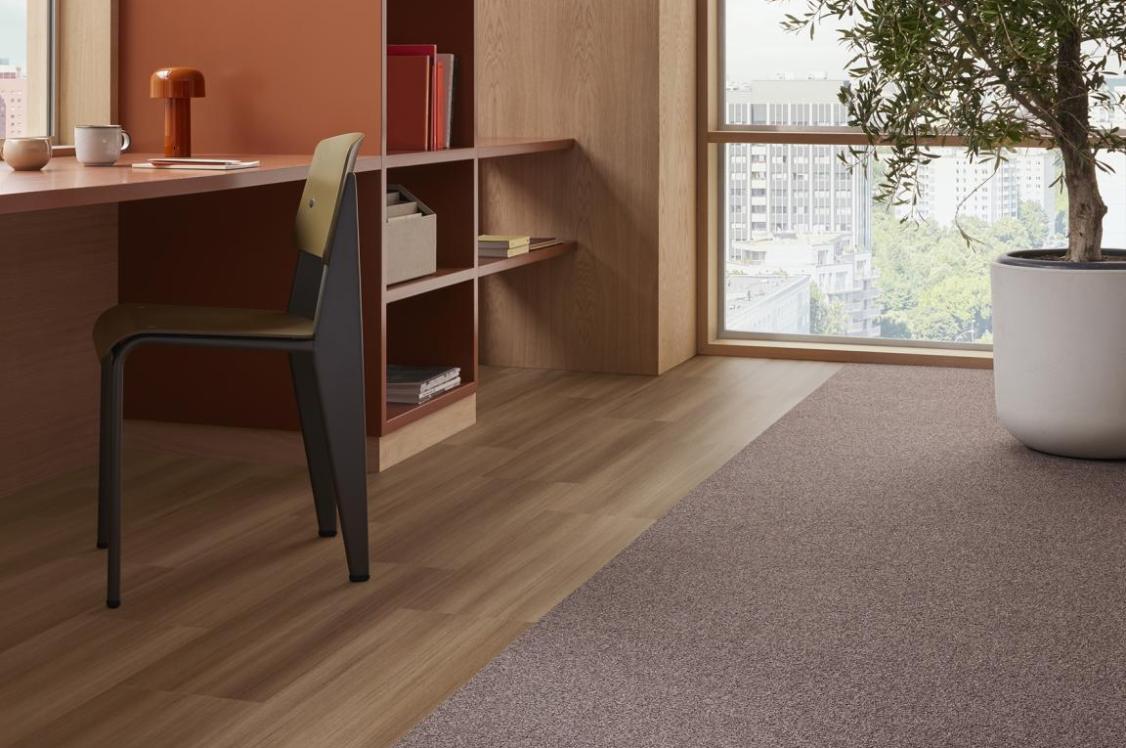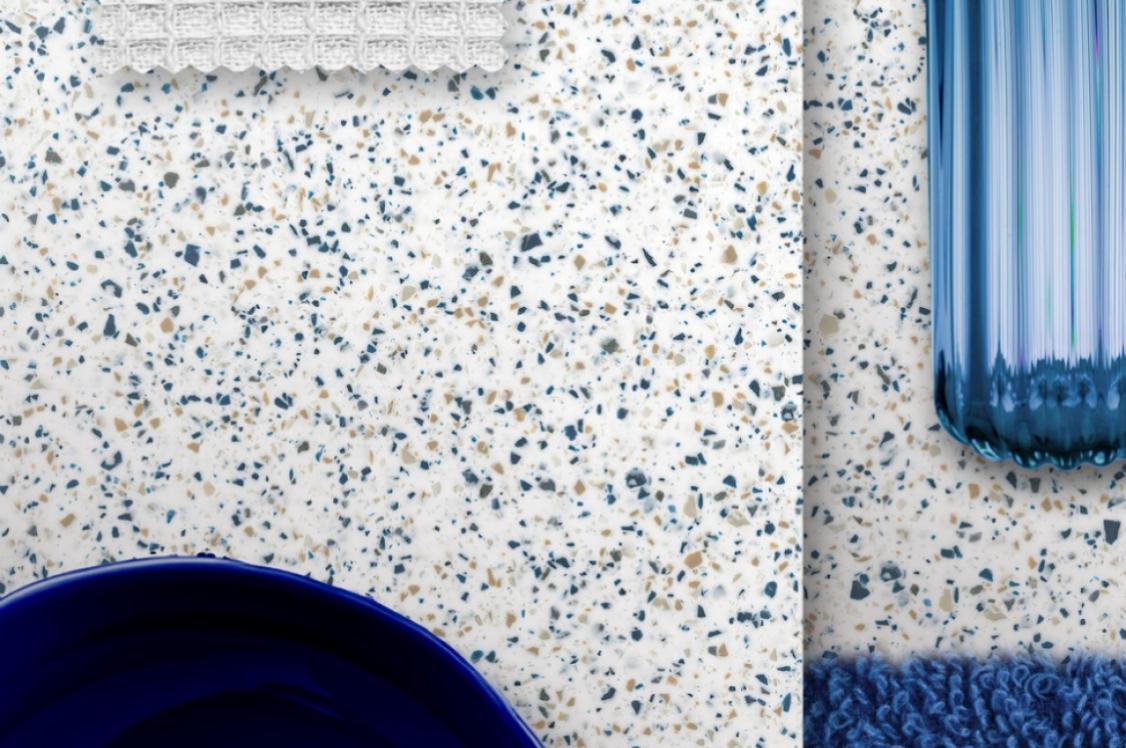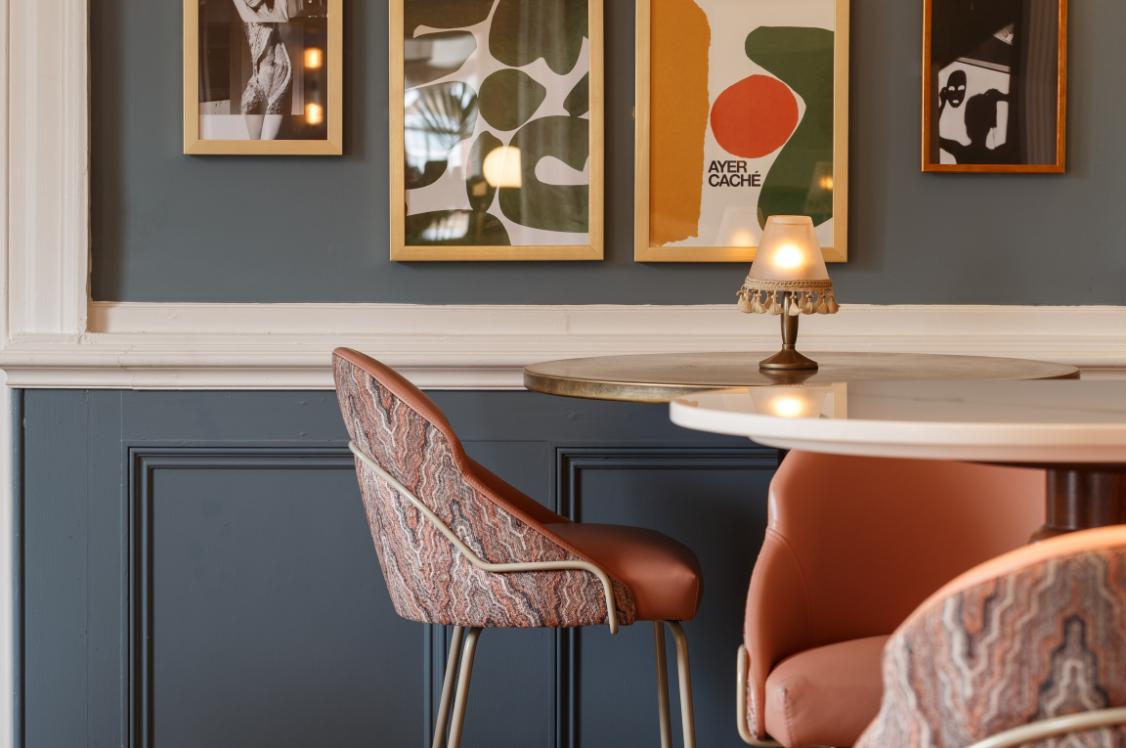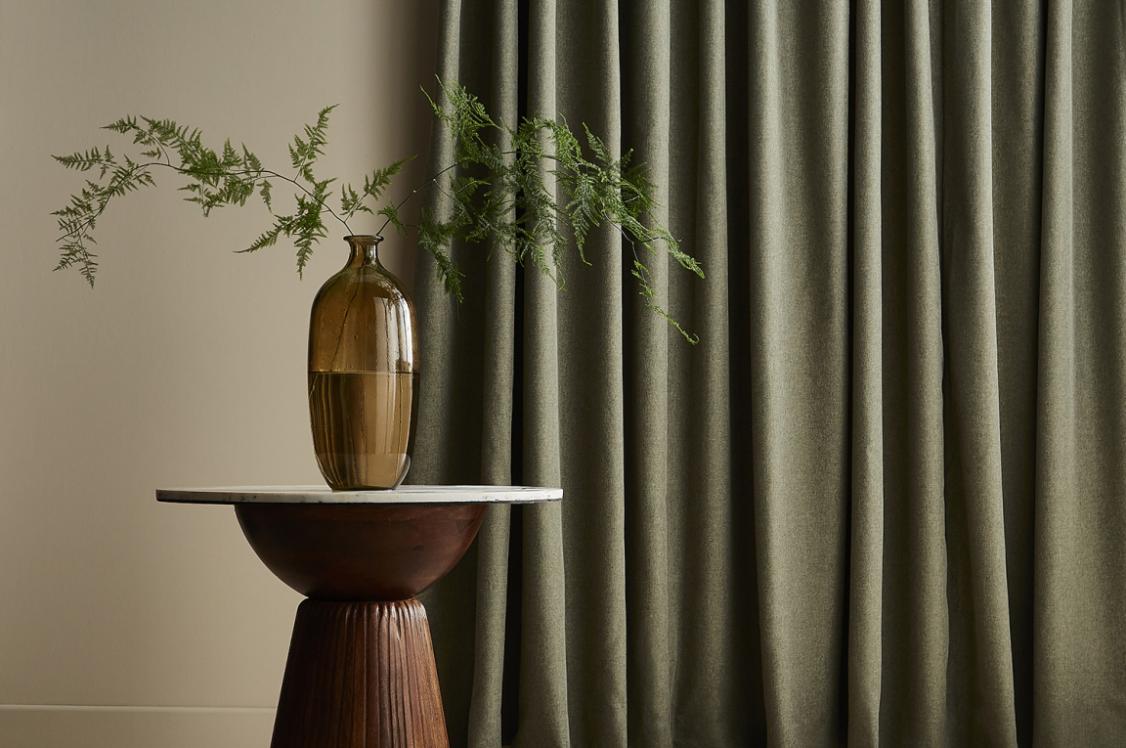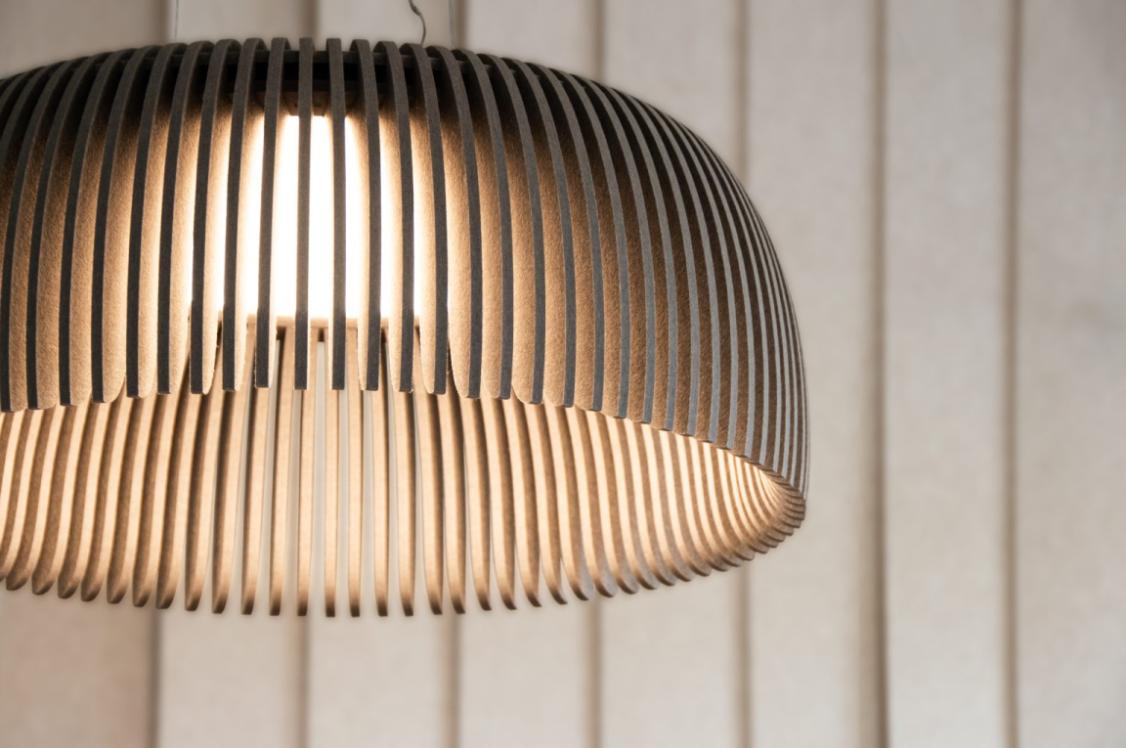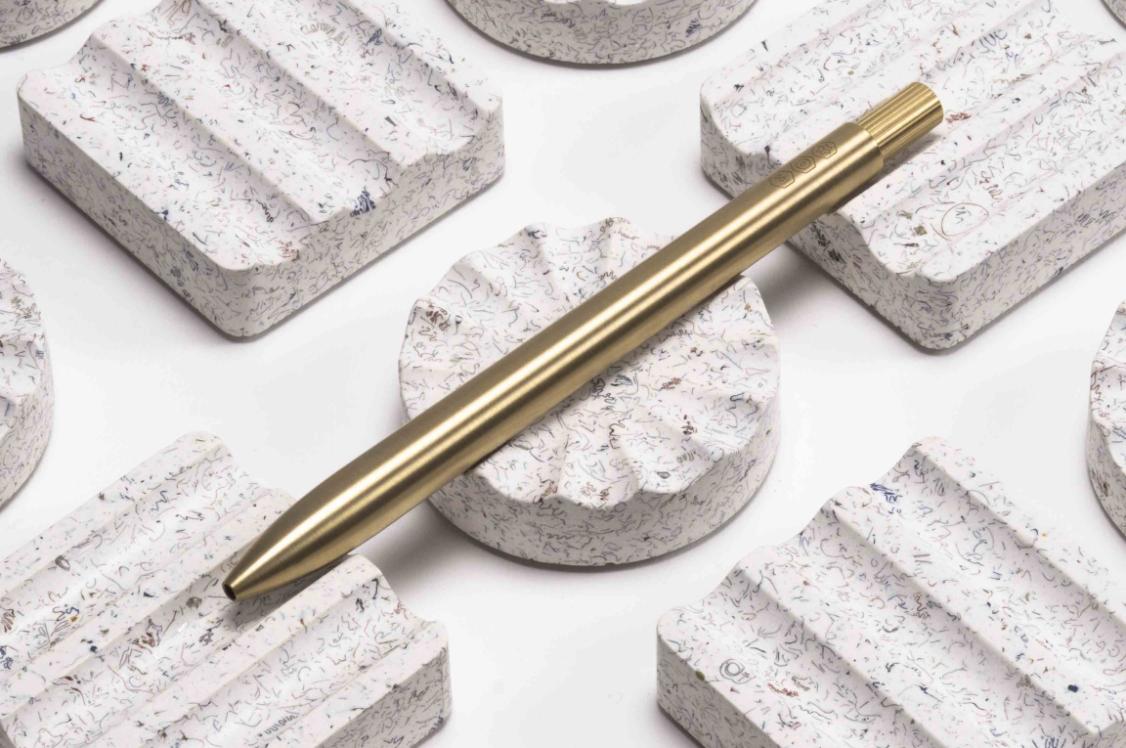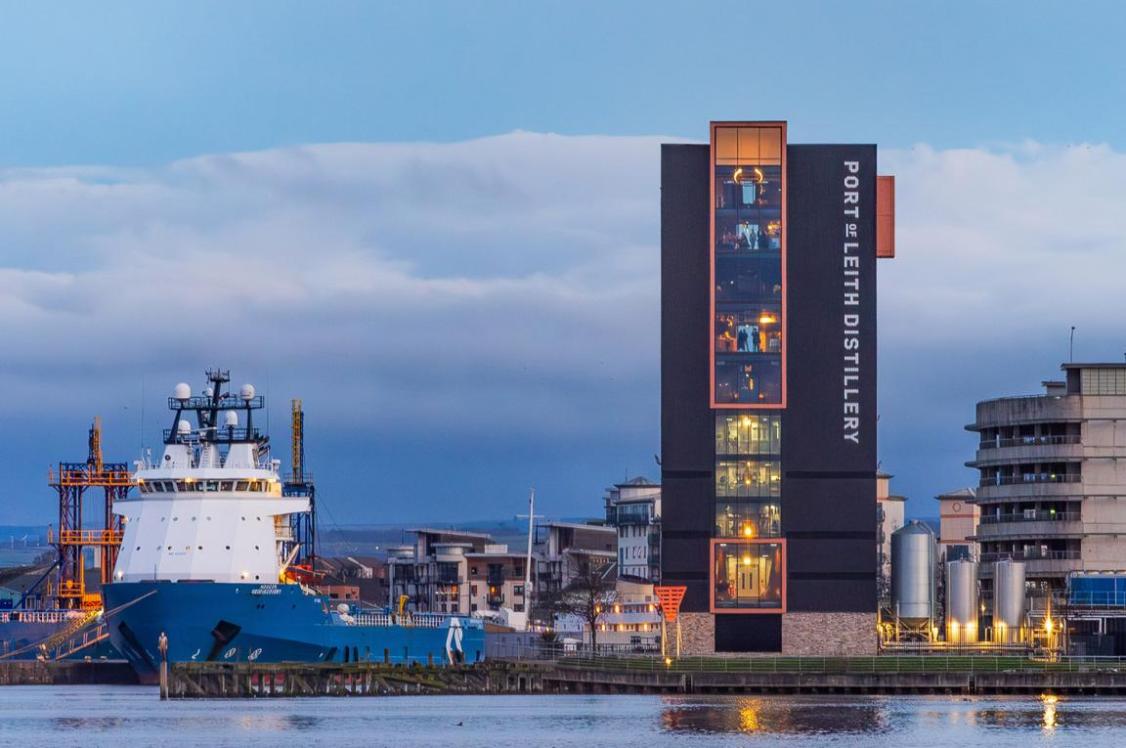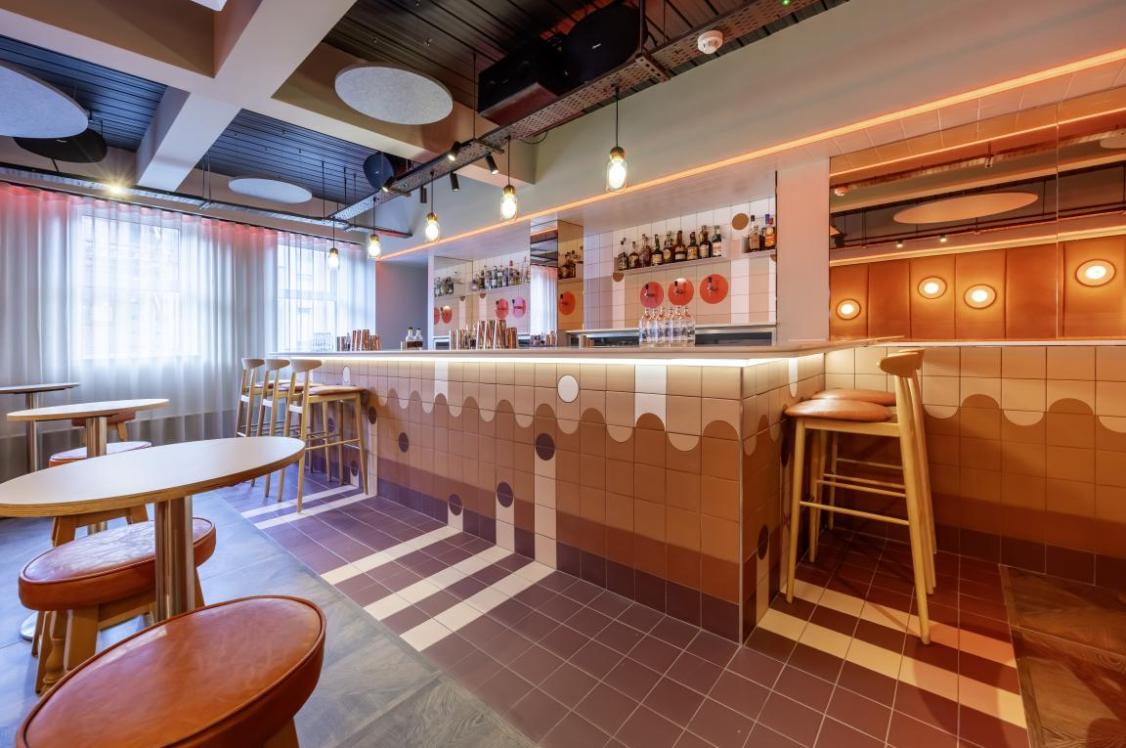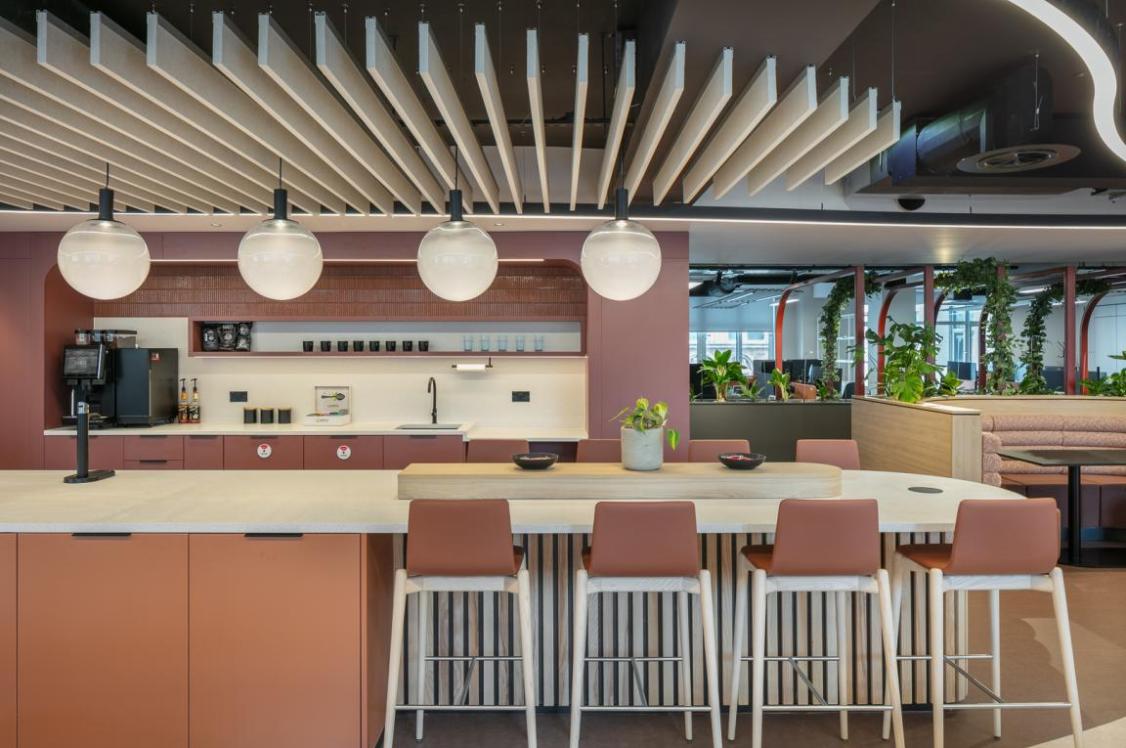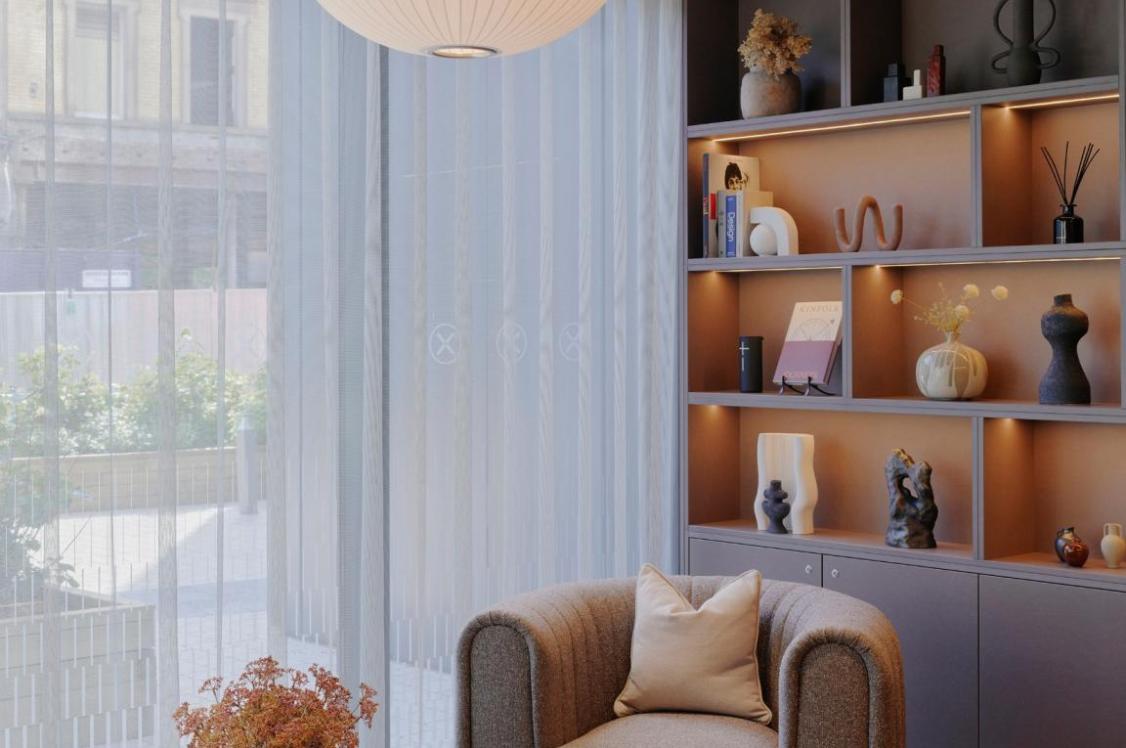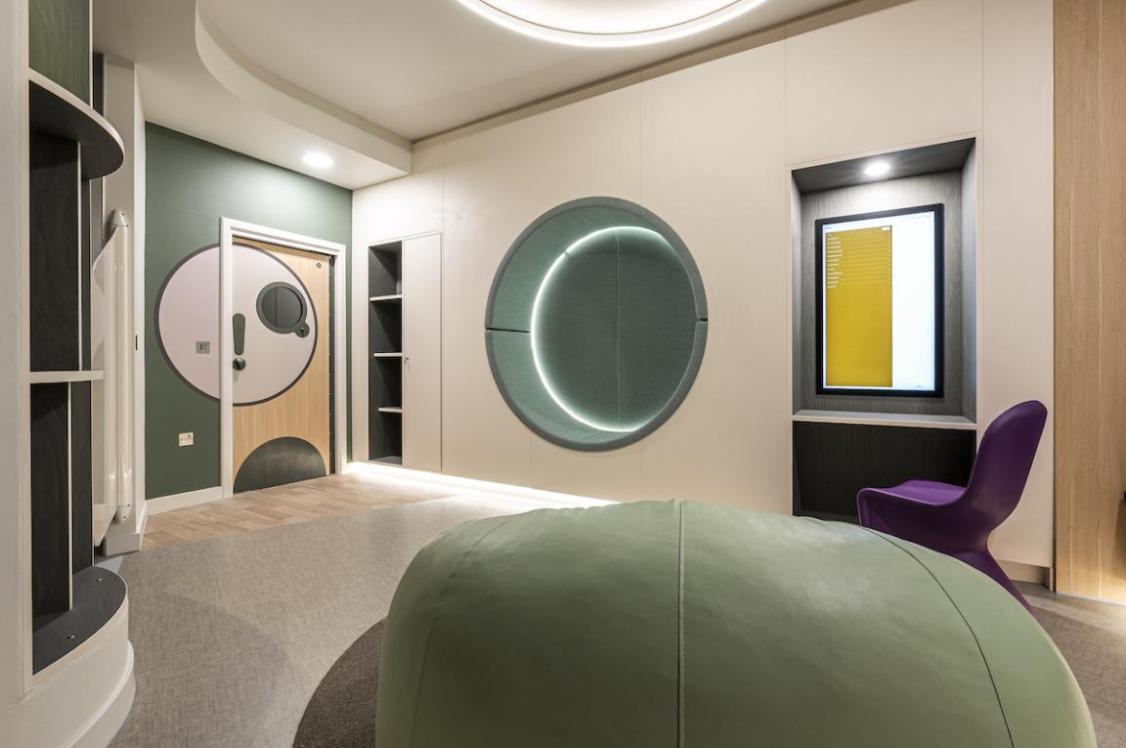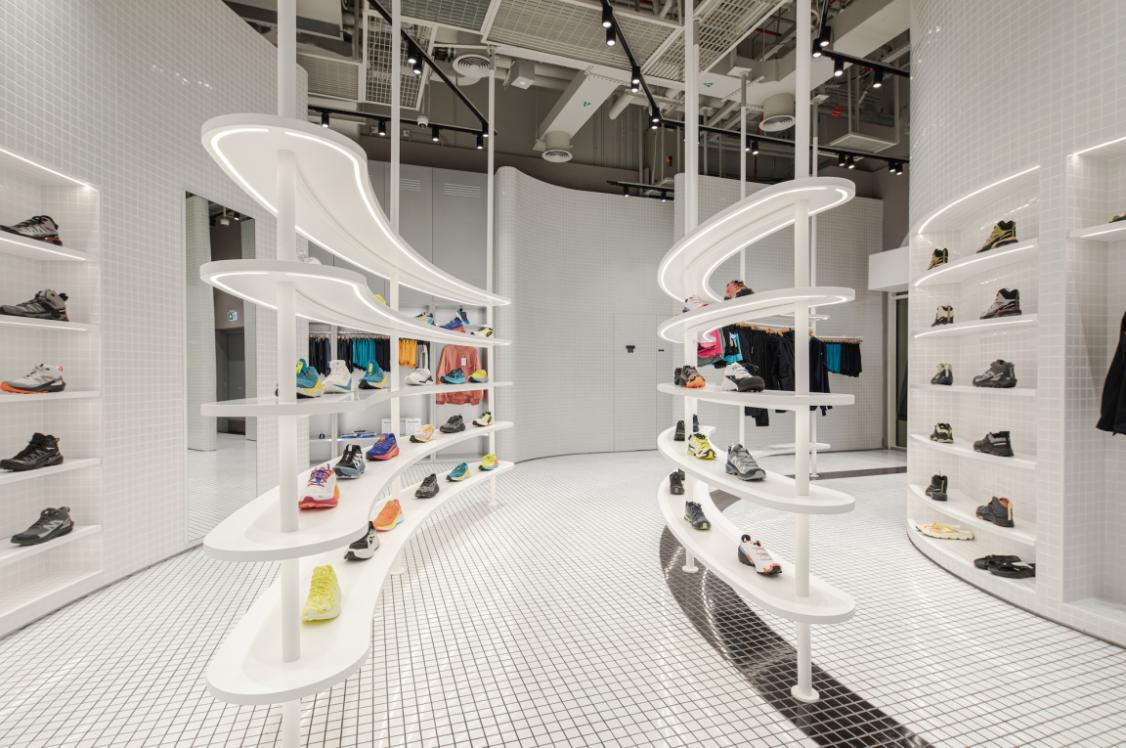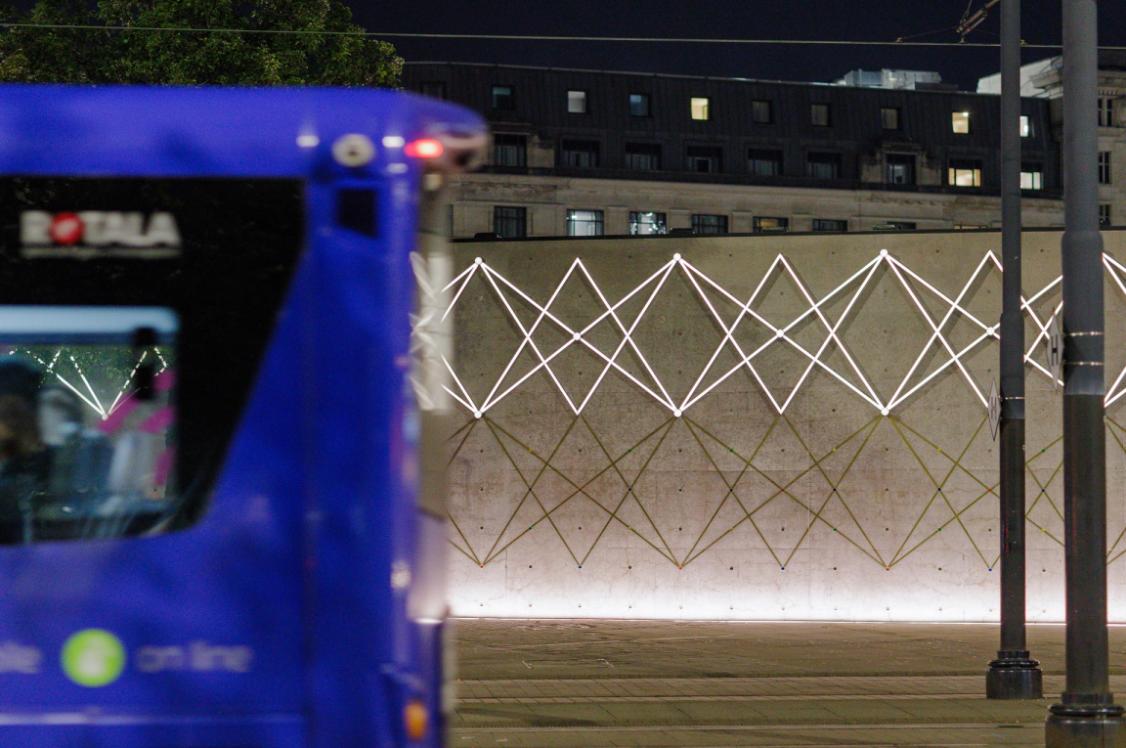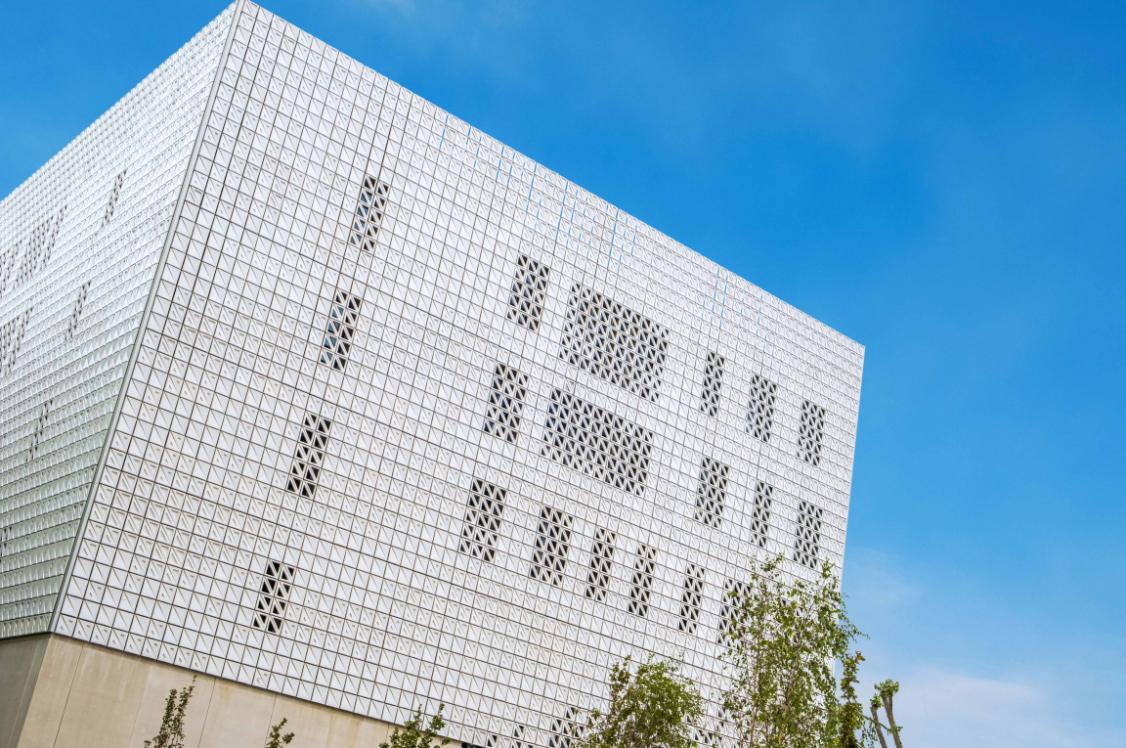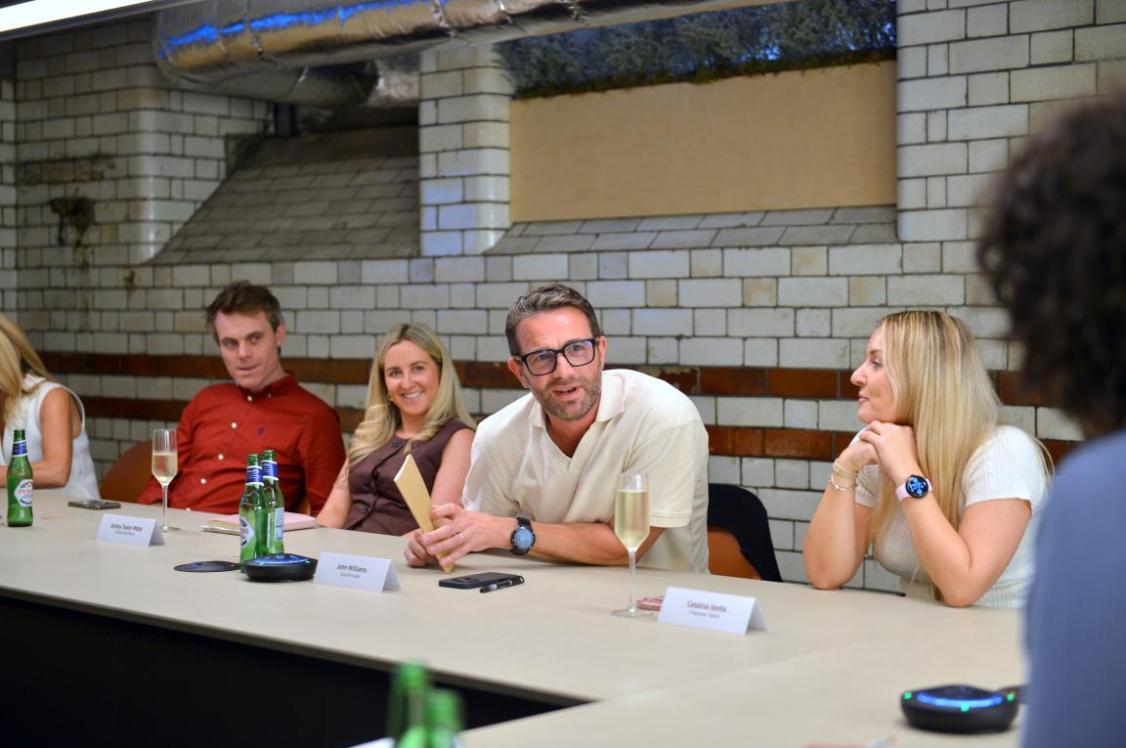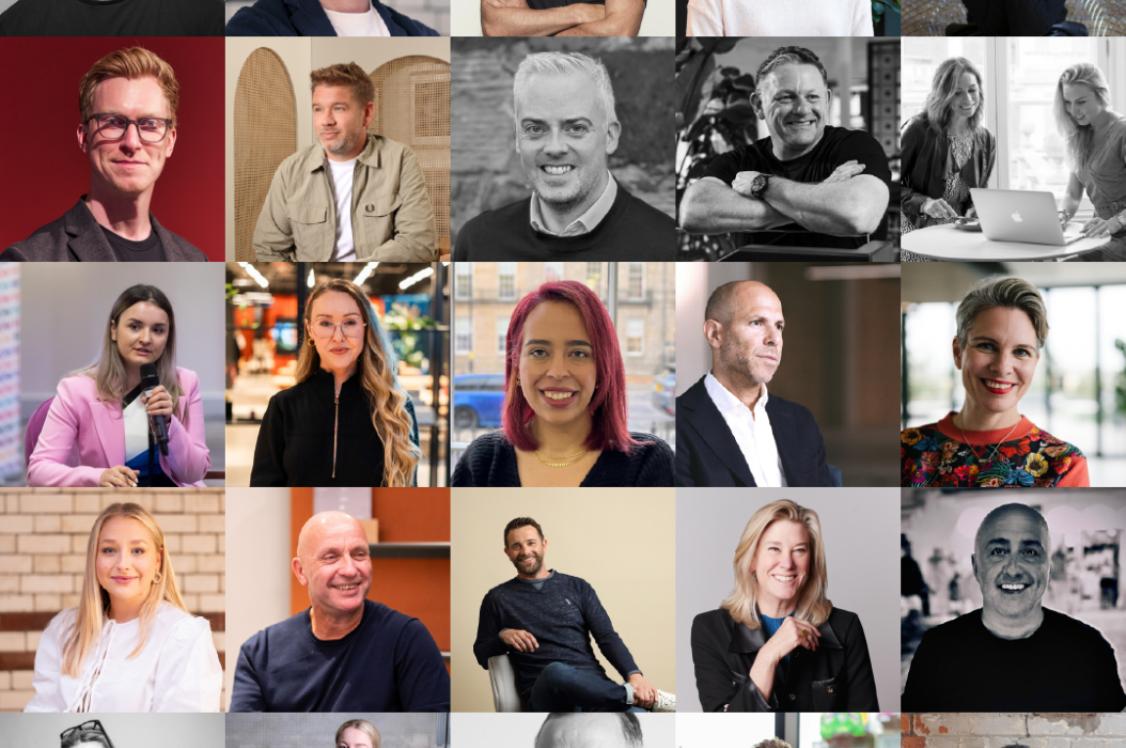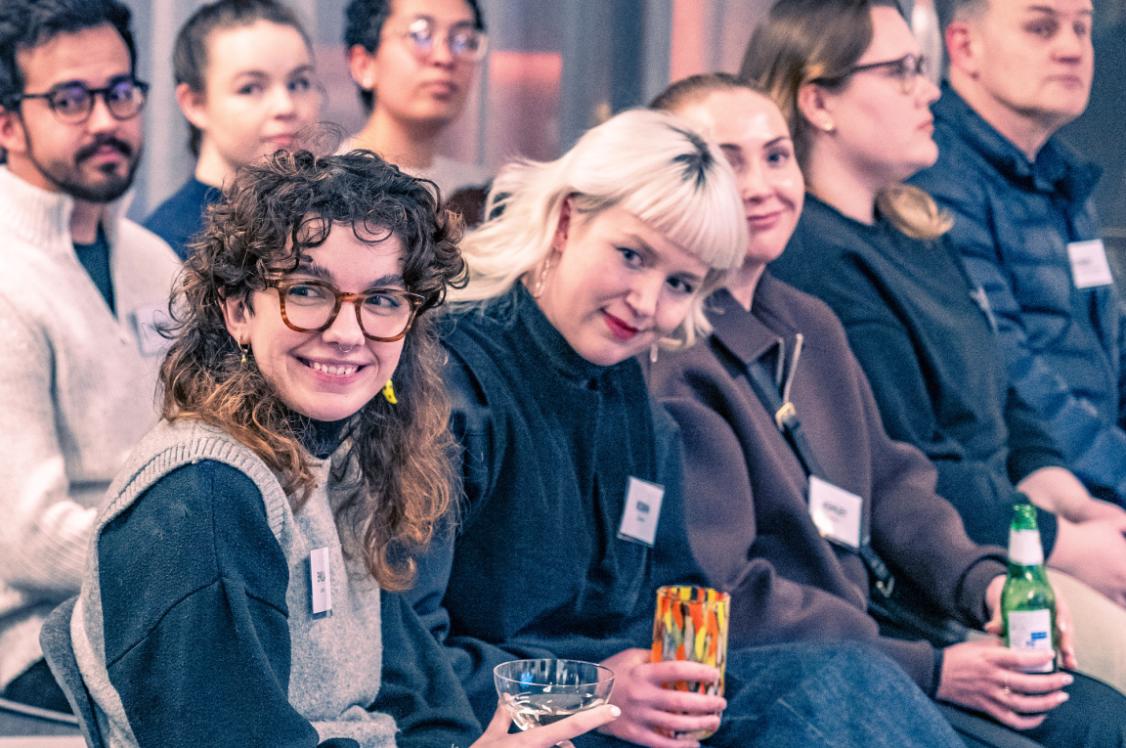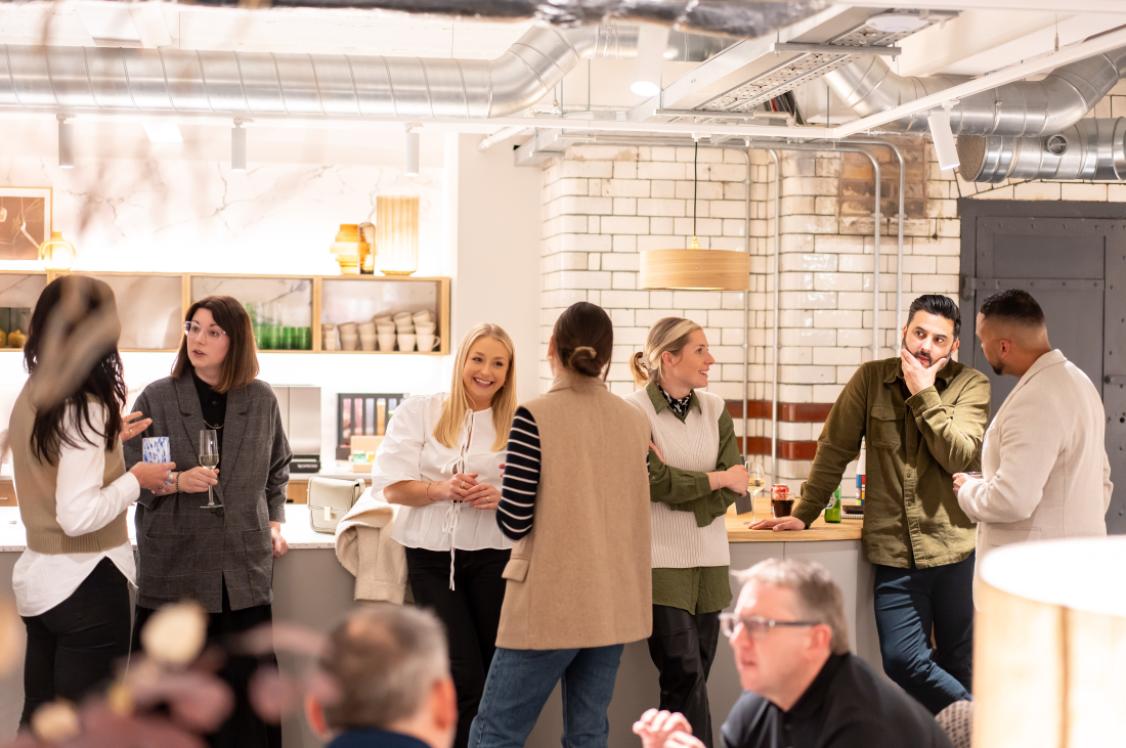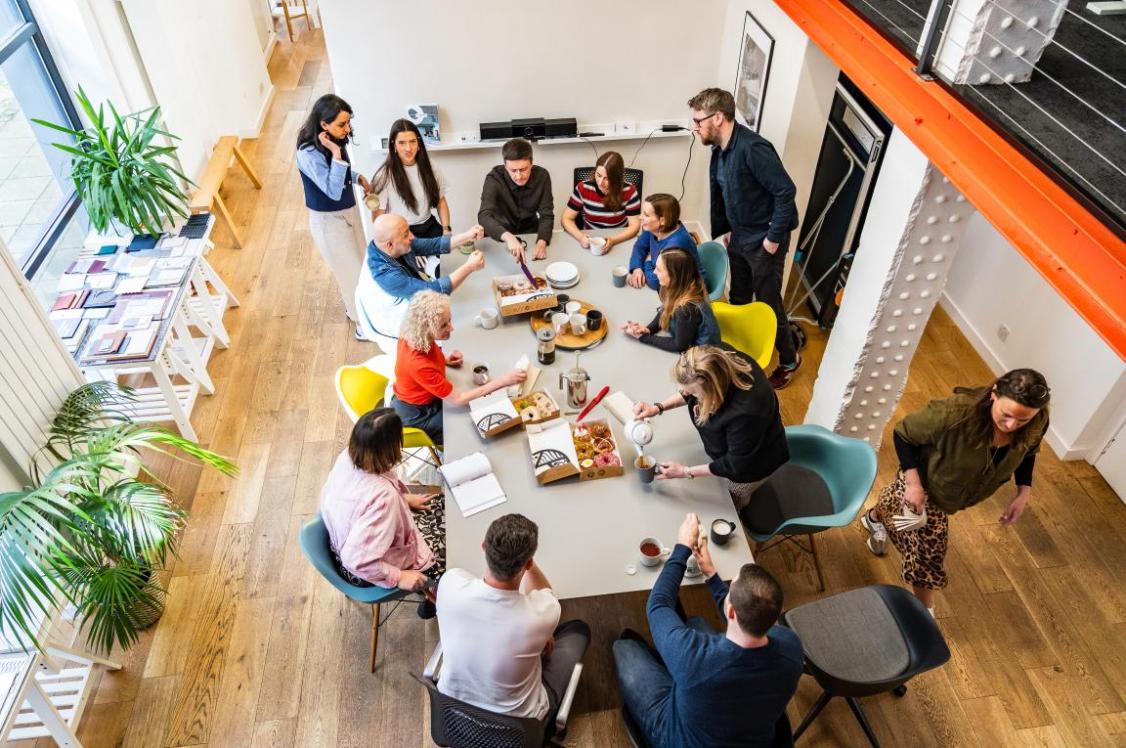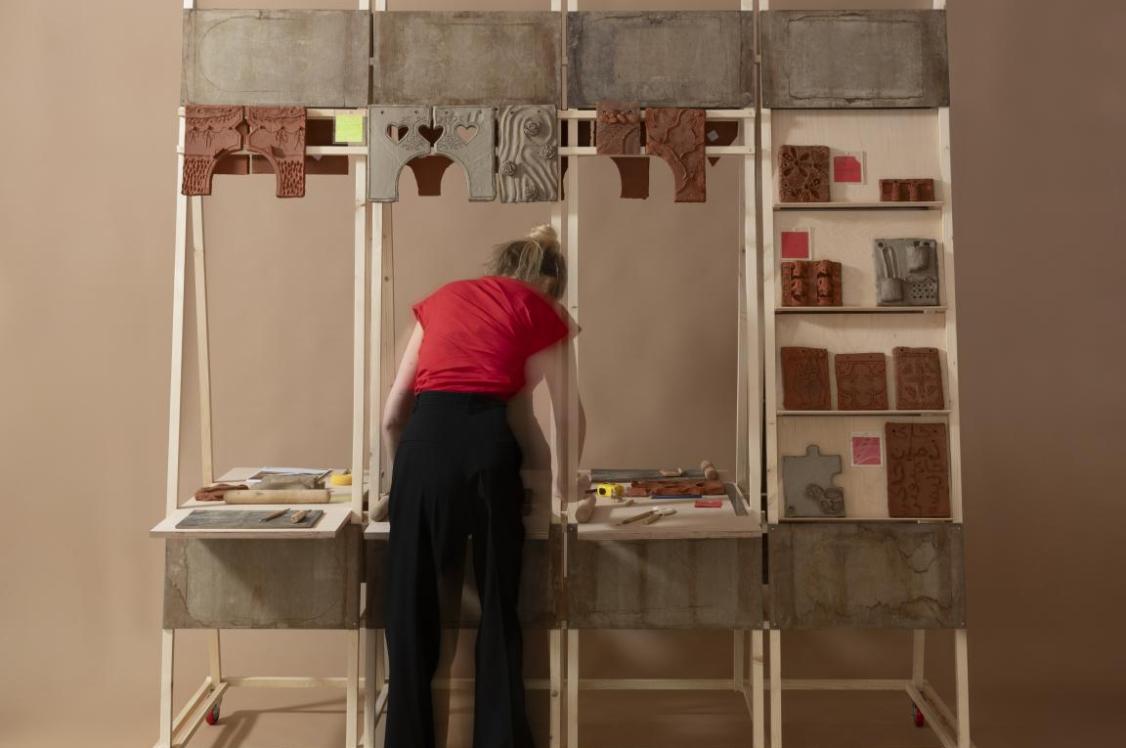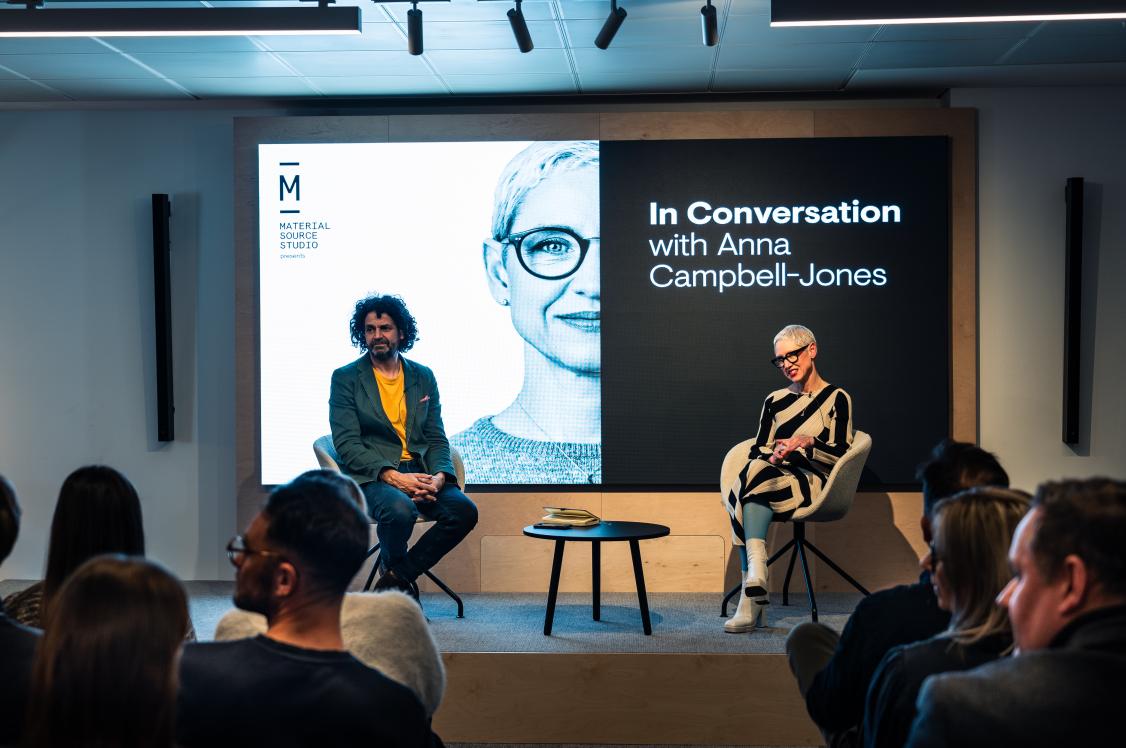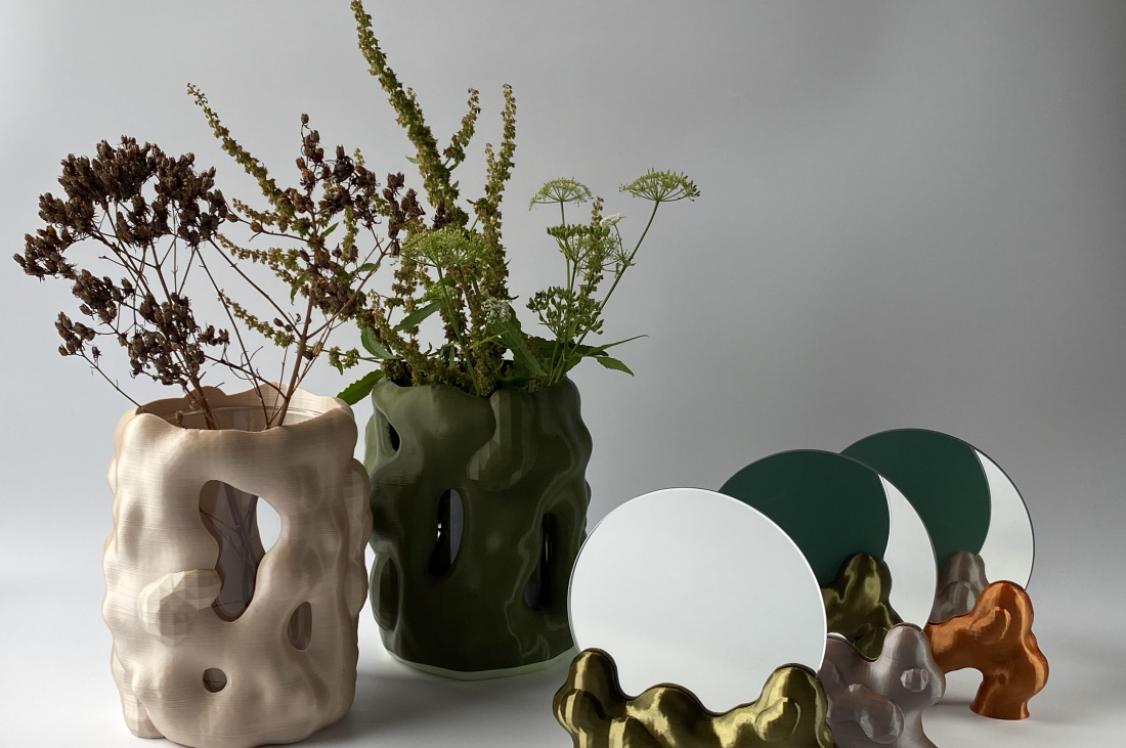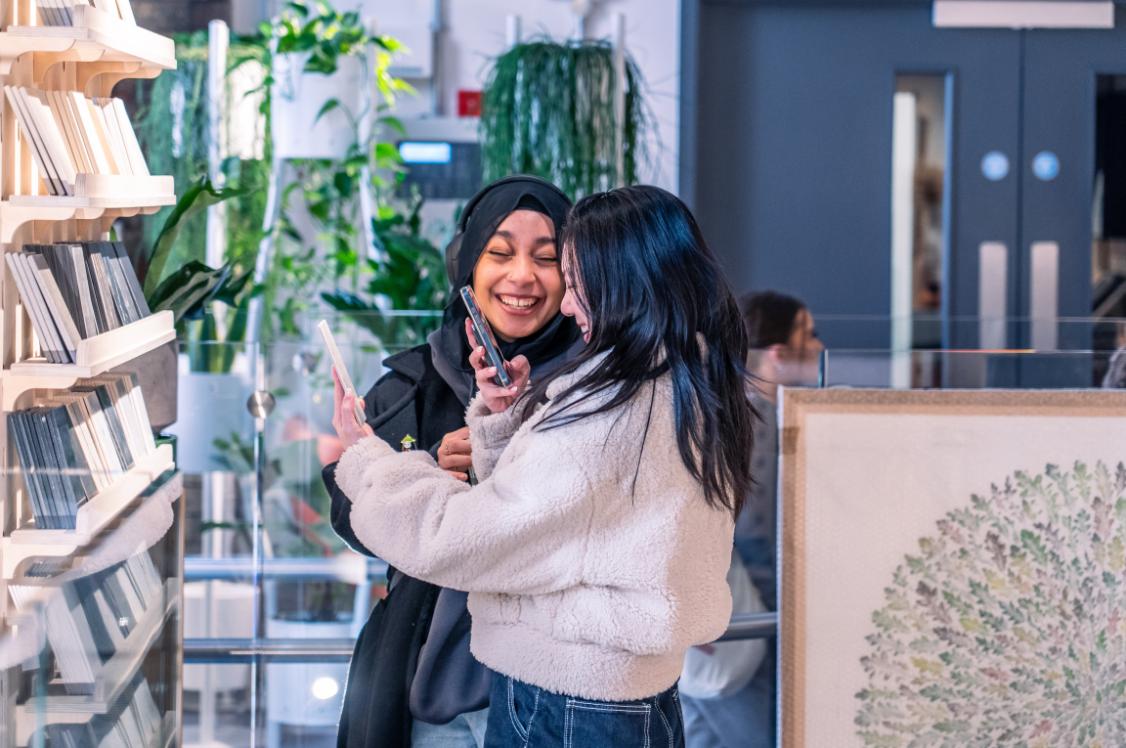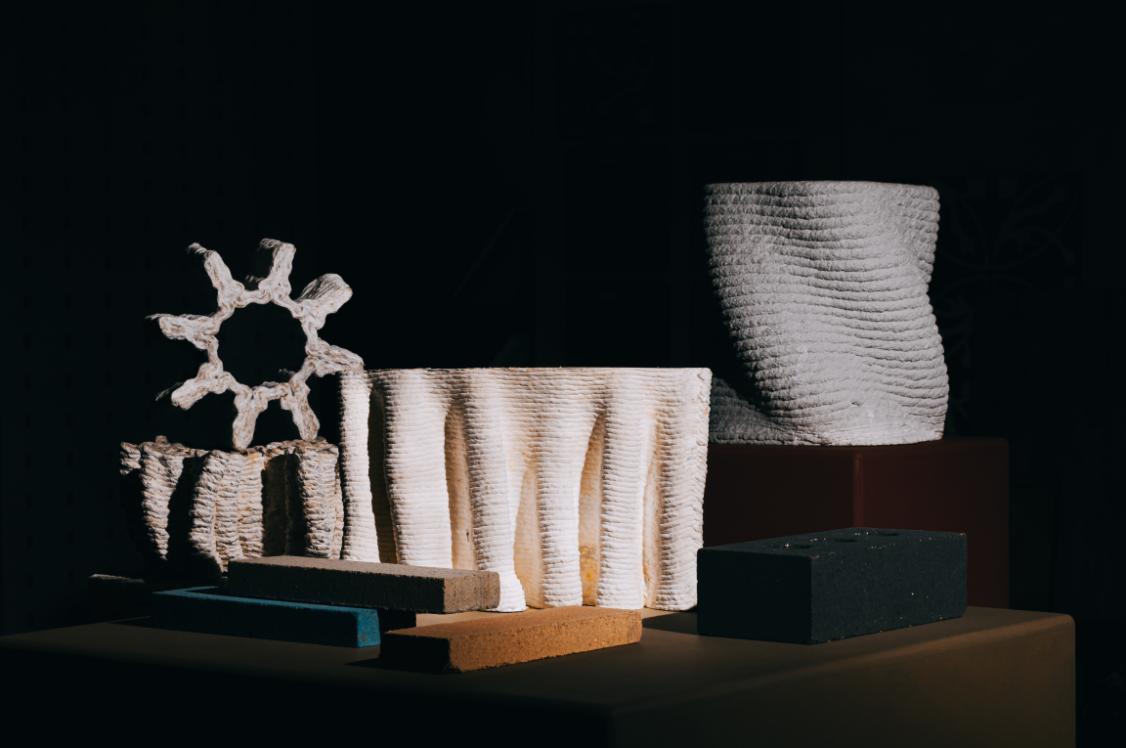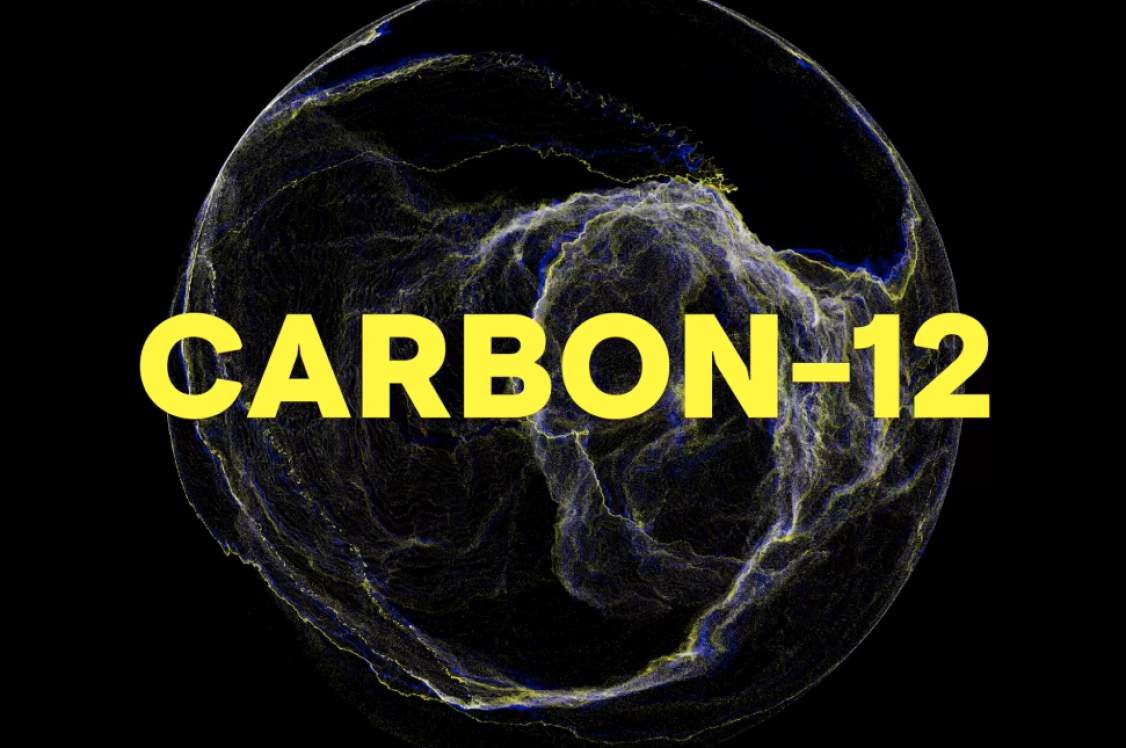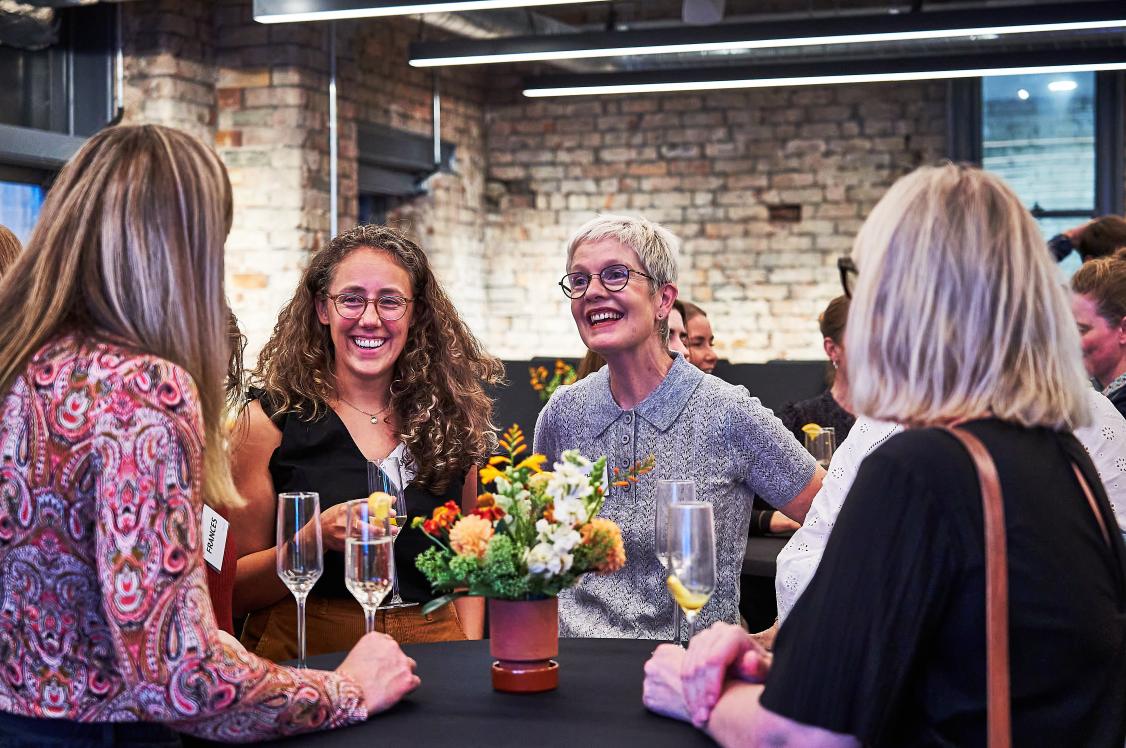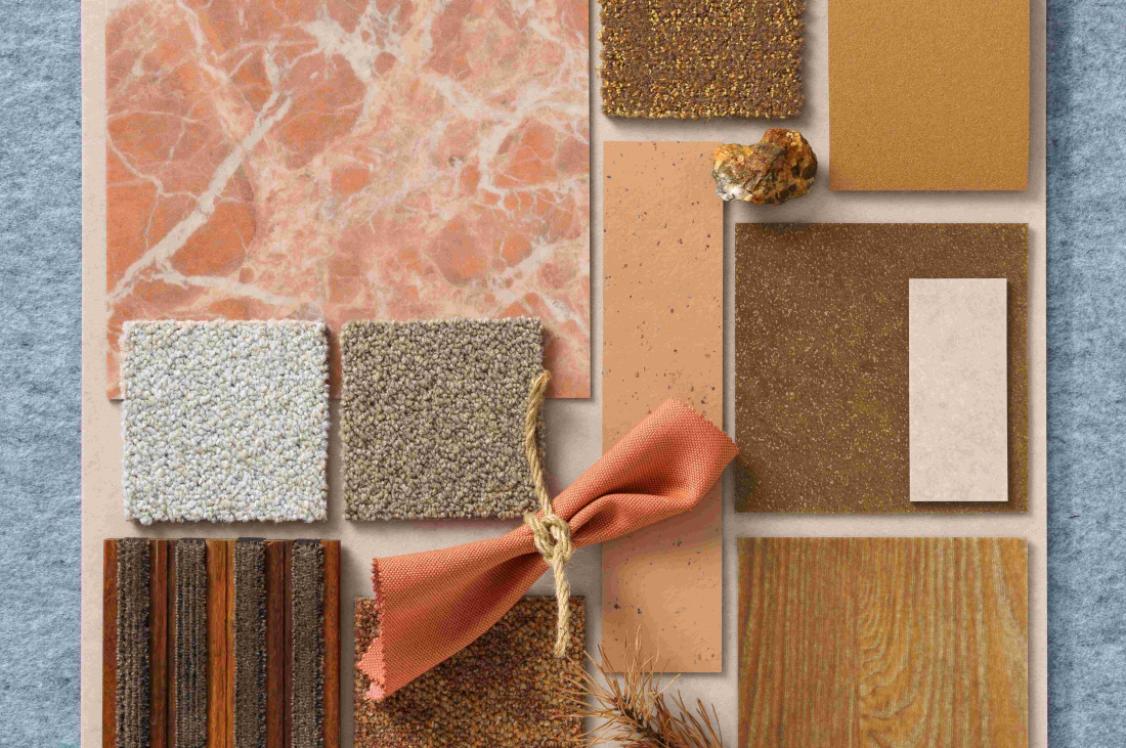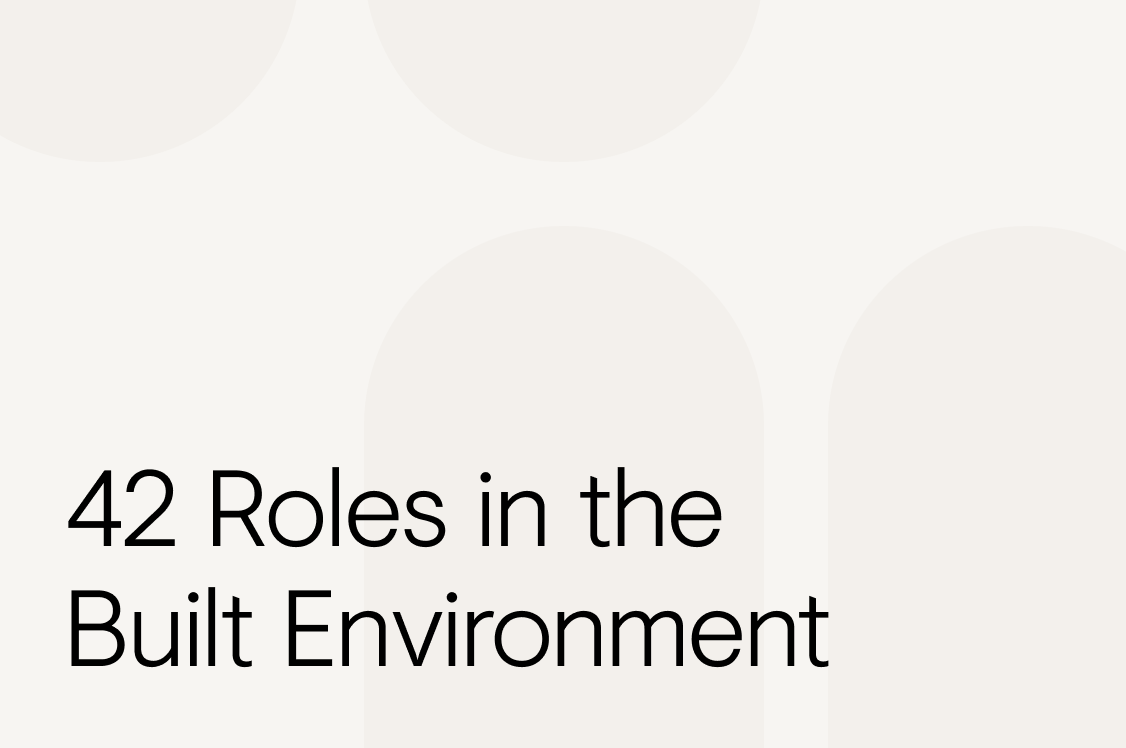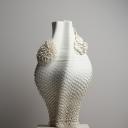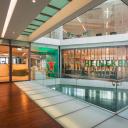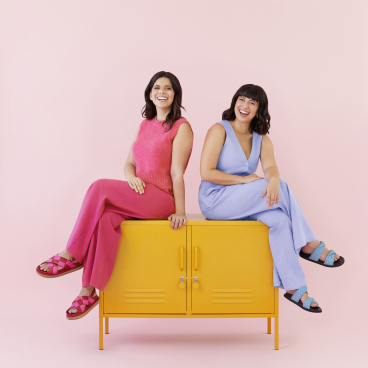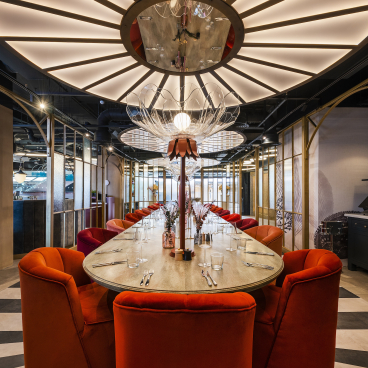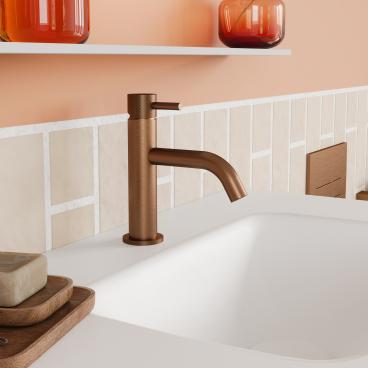Next Generation Conversations: Jo Love of Love Interiors.
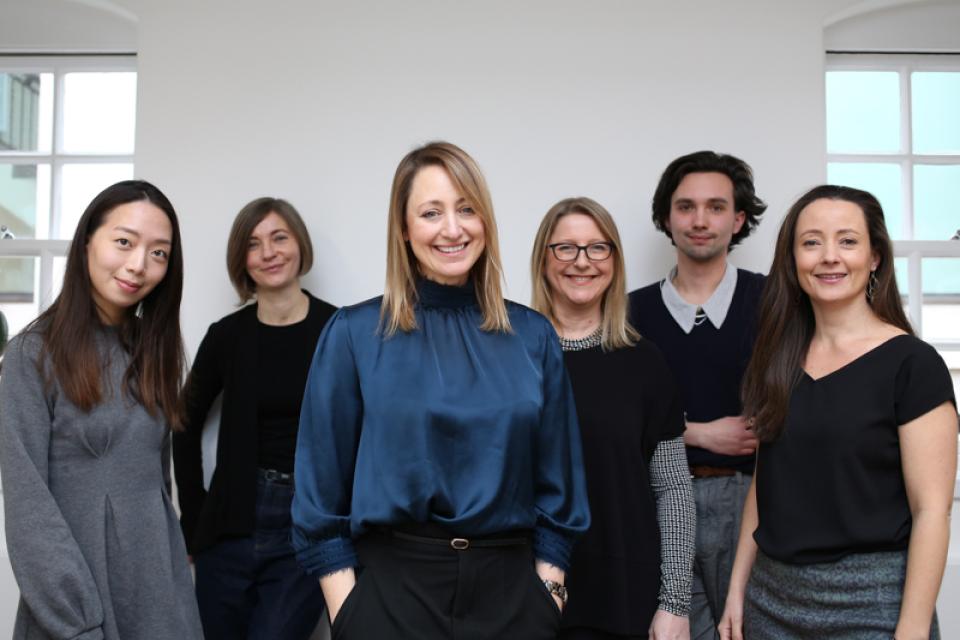
Jo Love of Love Interiors talks character and mindset amongst her team, being in tune with human psychology to understand the built environment, emotionally reading our surrounding spaces, and our planetary need for more free thinkers and ideas people.
Jo is an interior designer and founder of her practice, Love Interiors, which has recently joined forces with the architectural practice, ADP.
Based in London, Jo and her team apply a unique, spiritual and intuitive approach to design in order to create meaningful spaces for people. Love Interiors holistically considers all elements of the design; from the exterior context of the site, down to the movement and transition of energy unique to each project they undertake. Furthermore, Jo’s keen eye for detail has seen her step into the product designing realm.
Jo’s collaboration with Material Source Studio partner, VADO first brought her through the doors of our Manchester studio, and with an innate tendency to cultivate these collisions and conversations with new people, we got in touch to learn more about Jo’s practice, and to seek her advice for the budding designers of tomorrow.
What is important to Love Interiors / ADP regarding the character and mindset of its potential employees?
“Enthusiasm, flexibility and an insatiable appetite to learn and discover. We need to allow people to flourish in what comes naturally to us firstly. Secondly, in a team it is a huge joy and privilege to give time to others, we learn from sharing. Thirdly, I encourage my team to push through those comfort zones. Self development is healthy. It’s important to realise that nothing stays the same and to keep moving, so we can embrace new ideas and challenges and look for ways to make things better. Pushing your own set of limiting beliefs helps in all aspects of your life.
“We have a phrase within our team, ‘work is not work when it’s not work’. We are all very aware that our jobs are really quite wonderful to work on. Our projects are so different even within the same sectors. Celebrating new ideas, challenging and questioning creates a a positive energy and a personality for a scheme. Having a real connection and investment with a project makes the process a lot more joyful. The connection deletes any apathy.”
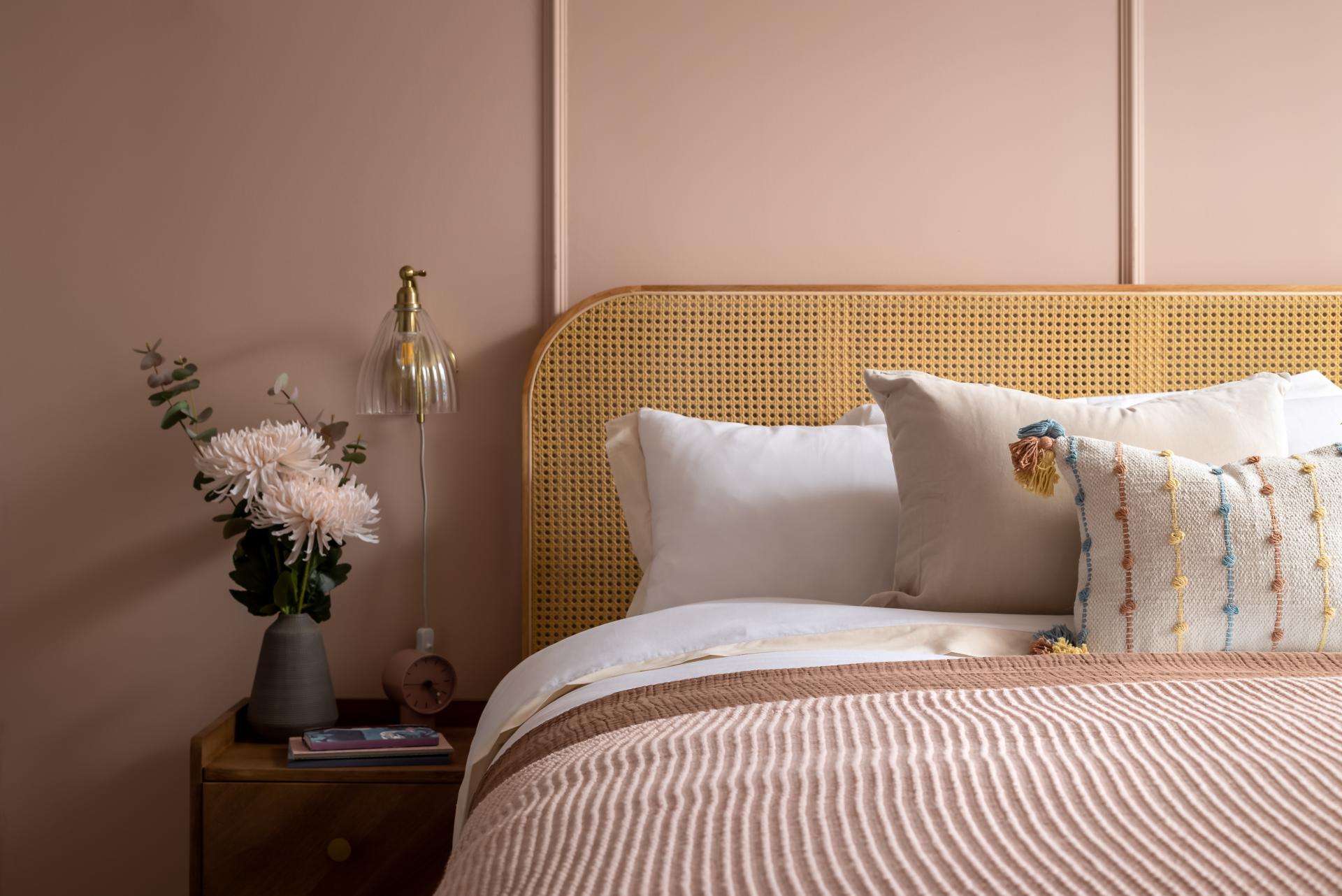
What processes do you use to understand a space and the people that will occupy it?
“ADP and Love Interiors have many unusual historic and traditional methods for creating beautiful spaces but the most important bit is at the beginning. Before we start designing, we go through our own trusted process. Understanding the psychology of us as humans plays a huge part in how we need to understand that our built environment does influence us and our intention is to support people so that they can become the best they can be.
This is a process we use to help us really get under the skin of a project to really add depth to what we do: Intention; Feel; See; Review; Design Action...then check again.
1. Intention
“Set your intentions, you can change it at any time but nail this at the start with your client and the team. This will influence your responses and check all are on the same page.”
2. Feel
“Feeling is the process in which our brains take in information and give us an outcome - it can be different for everyone but being aware we are responsible is the start. In simplified terms, a room with no windows feels different to those with windows for instance.
"At the beginning and throughout consider physical and emotional elements of the project. The more you can tap into this the better, from the people working on the project, to the context and location, to the current state of a building - literally everything. Put it all in the pot and ‘feel it’ - this is your starting point. Feel how the project is at every opportunity to make conscious change.”
3. See
“Now you can feel the project and its vibe, see the gaps, this is analysing the feel element. Where needs work? Where are the challenges? Where do you need to apply the creativity? What you ultimately want on any project is balance, look for these shortfalls. Refer constantly back to the intention. Create balance in creative ways.”
4. Review
“Once you feel and can see, you can consciously acknowledge and review. This sounds super simple but the success rate of any project is fully understanding the complexity of any project and approaching it from a deeper understanding of the bigger picture.”
5. Design Action
“Create like it’s the most important project in the world – Sustainability, Belonging and Engagement (SBE) loop back into your intention."
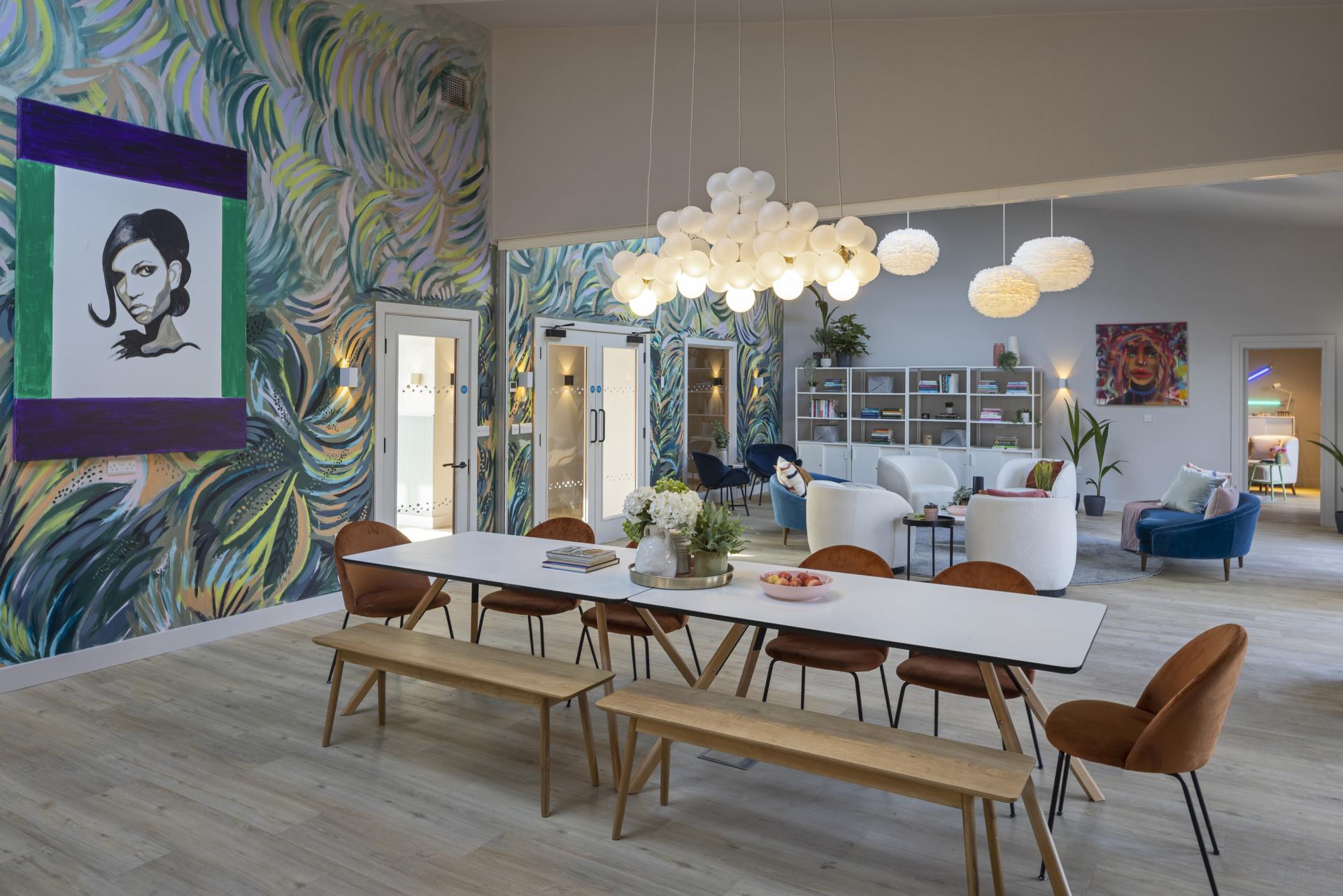
You apply some seemingly unconventional attributes to your process of designing a space, namely spirituality and psychic readings. What seemingly unconventional yet equally valuable interests do you look for on CVs?
“I'm always interested in people that are curious and interested in learning all sorts, it doesn’t need to be traditionally related. The psychic and mediumship work has always been part of what I do and is an infinite source of creativity for me, but there are so many more things we need to explore. I see my work as constant research, our planet needs more free thinkers and ideas people - I hope people are brave enough to explore.”
Can you please explain how connecting to spaces spiritually can enhance the design processes of our #NextGen readership?
“I guess I can only speak from my experience, when you connect spiritually to a space you can reach another layer of understanding that adds to the quality of your work conclusion. It’s peacefully based. For the most part, it’s unlocking or unblocking for spaces and people, you are accessing areas that may not be obvious.
“It can be historic or current, landscape or interior. It is an added insight to help people achieve the best outcome for their spaces. We are beings of energy and I am seeing more and more scientific evidence to support my beliefs. There is also a wonderful link to the planet and nature which even if you don’t believe, is a good thing.”
What's your advice for our #NextGen readers looking to better understand a space and the people that will use it?
“An understanding of human psychology and behaviour is instrumental to your practice. How might you judge whether a designer has truly understood the needs of the people occupying the space they are designing for? We don’t think it’s enough to just meet the client's brief. We have to demonstrate how we have expanded within the brief. If it’s a past project, you ask the client! If it’s a current project, you ask the client! Share with your team and check your intentions, are you meeting those? Speak, meet, chat. Communicate."
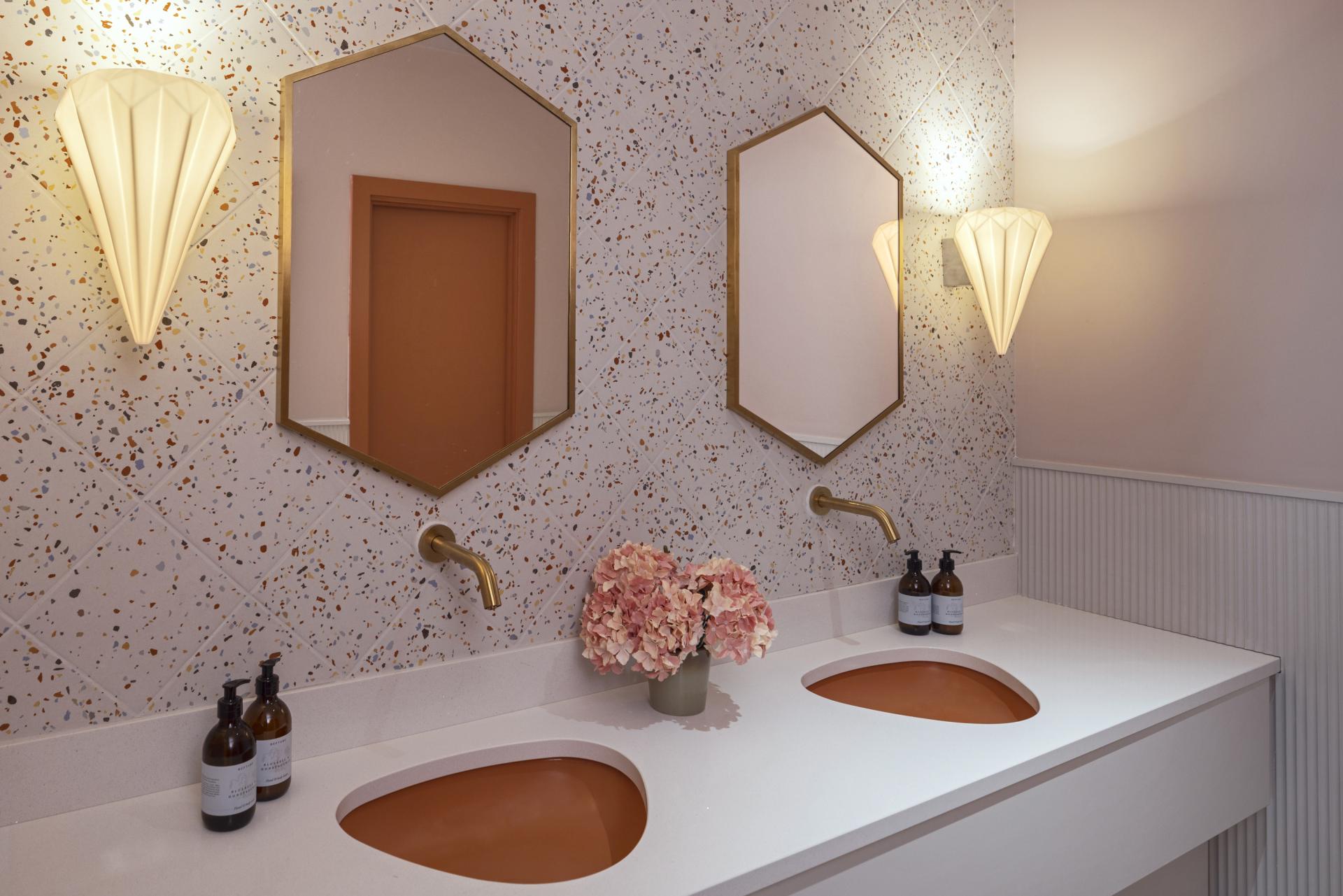
How important is an understanding of materials and why?
“Physical materials carry energy, be aware of how a sustainable healthy material feels to a toxic non sustainable one. Then choose carefully.”
For soon to graduate designers, there can sometimes be pressure to find their calling straight away. How can you advise graduates on finding the opportunities they want, when they want?
“Be brave, follow your heart and try whatever comes up. Listen to what your soul says and if you don’t know, explore and discover, but never sit still. My most interesting opportunities have come from places where I just go and chat to people whilst having no expectations. Make friends, speak to people and tell them about things that make you feel inspired. Your purpose will come, just trust and keep busy!"
Your collaboration with VADO came through a real drive to consider a high level of detail and consistency throughout a scheme. Can you please explain why this level of detail is instrumental?
“When designs are in alignment with scale and proportion, there is no conflict. I believe in practical beauty in a bathroom. In small spaces like bathrooms, the detailing is intensified.
"The pattern serves as a grip and is based on the crystal formation of water, the shape of the design is based on the VADO logo and the best bits from other ranges. It just felt like a VADO product and something I would put into my projects.”
You have been undeniably opportunistic and entrepreneurial throughout your career. Can you give any advice to young designers on how to push for this kind of growth in their own careers?
“Be open to new ideas - the traditional routes are not always how we have to do things. If I have an idea, I try and action it. If it doesn’t work - fine - I start a new one. Referring back to the phrase, ‘work is not work when it’s not work’ - work hard, and I would say help people where you can.
"Surround yourself with like-minded, positive and happy people. It will rub off on you when you have a low day. Celebrate being your unique and different self. We are lucky we have so much opportunity. Never be like anyone else but do learn from others and ask questions. Not to mention, have lots of fun whilst doing it.”
What's the importance of collaboration - and how do you spot whether a budding designer has the attributes of a good collaborator?
“Collaboration is everything to me, everything is just one million times better when you share. I think you know if you are a team person or not. It becomes apparent very quickly in a team if someone isn’t. Collaboration is difficult if it's not what you are used to as ego has a part to play in it but once you work that out it soon makes sense.”
What inspires you about the next generation of designers?
“New thinking and young people comfortable being themselves, technology and an open mind that can take us to the next level.”


